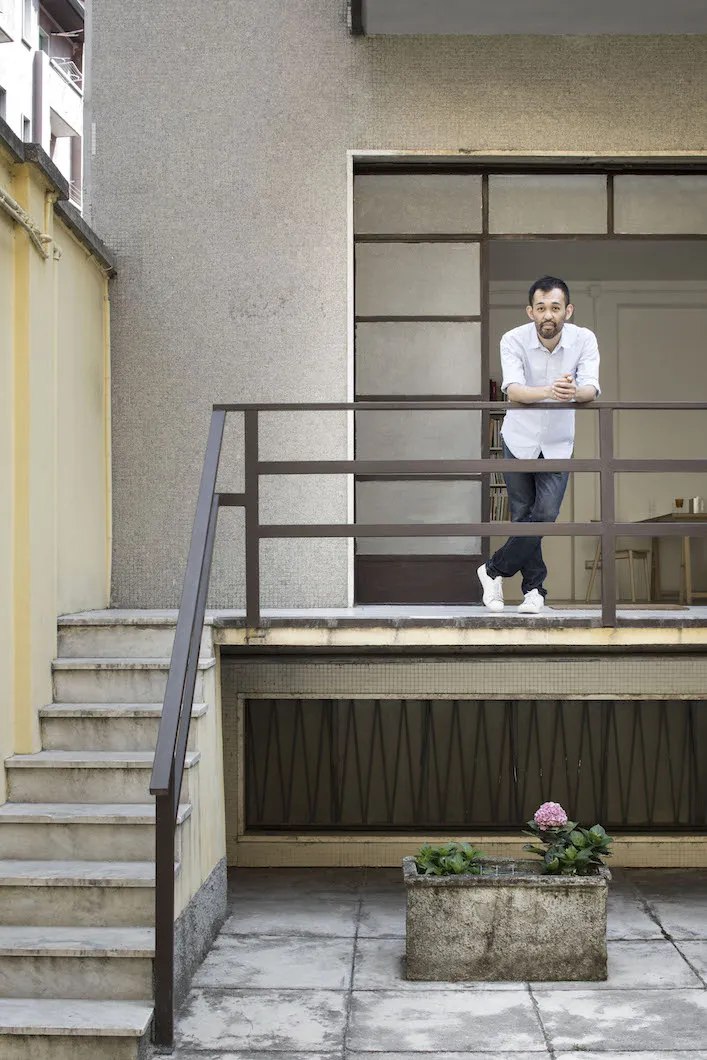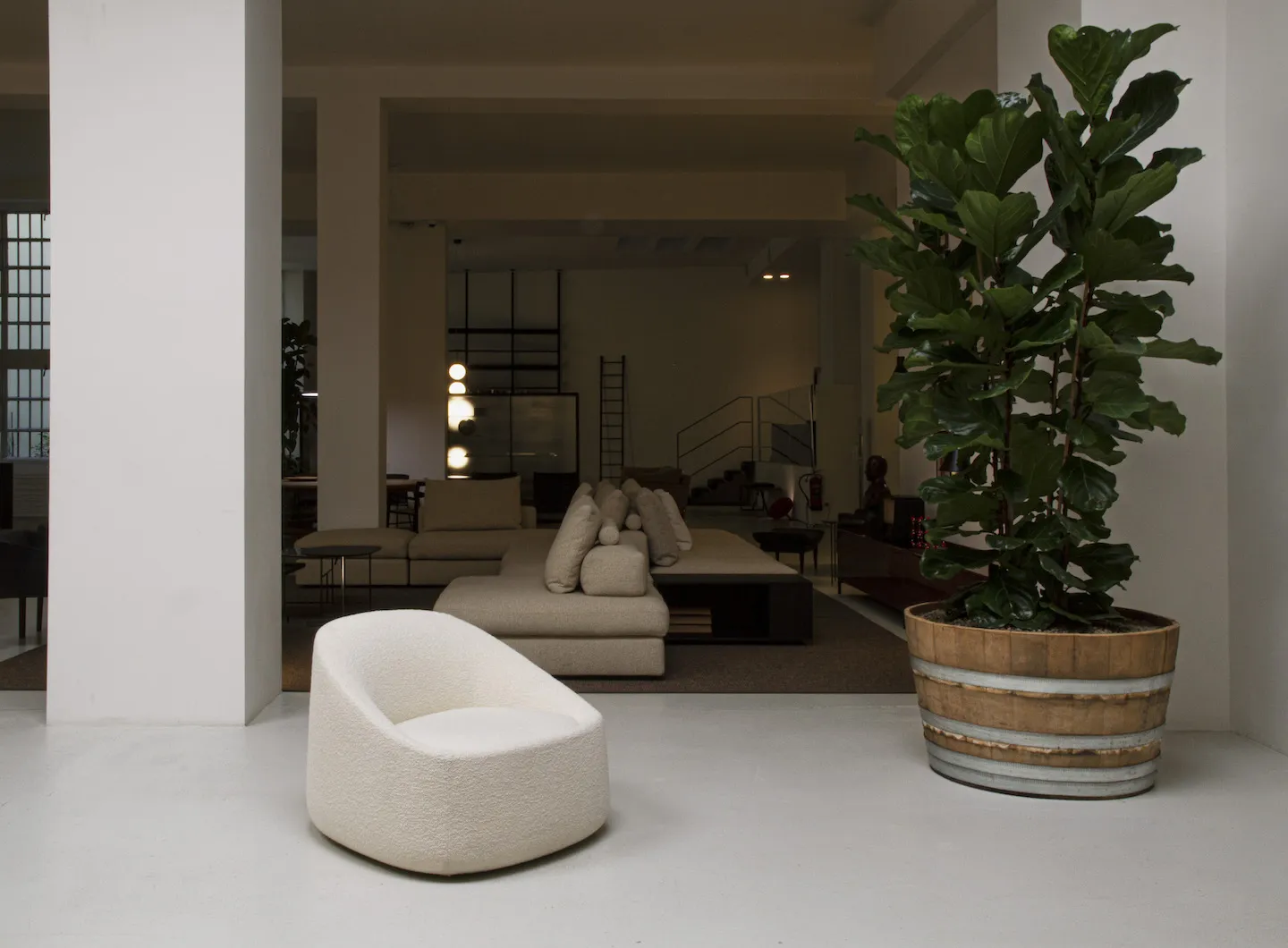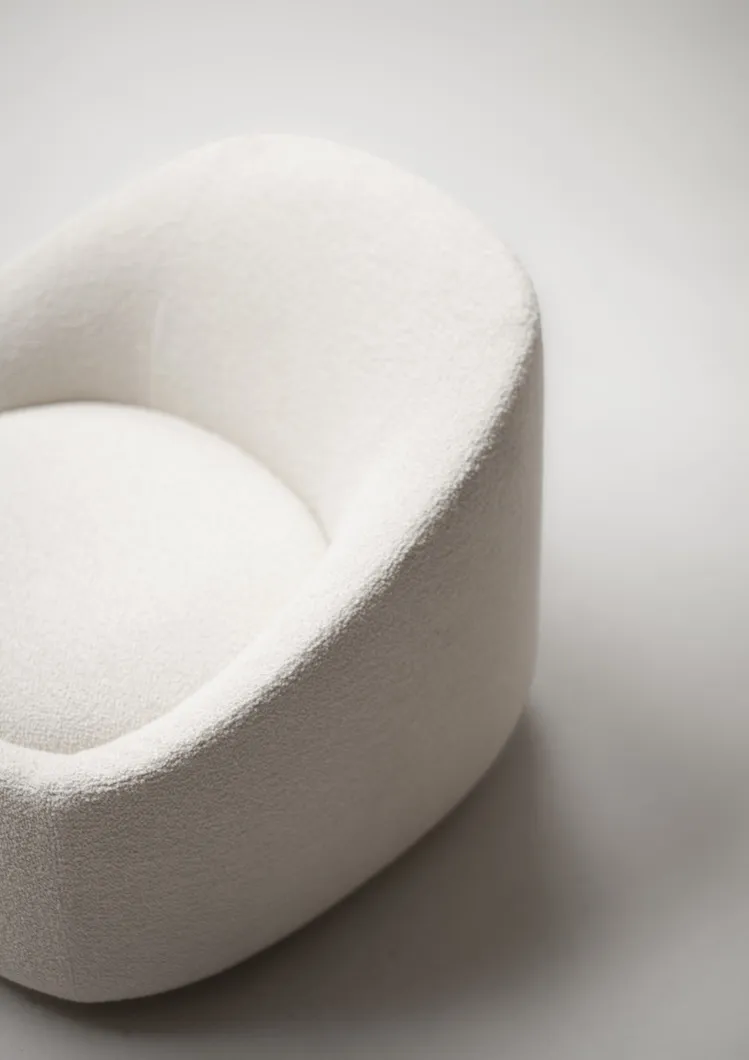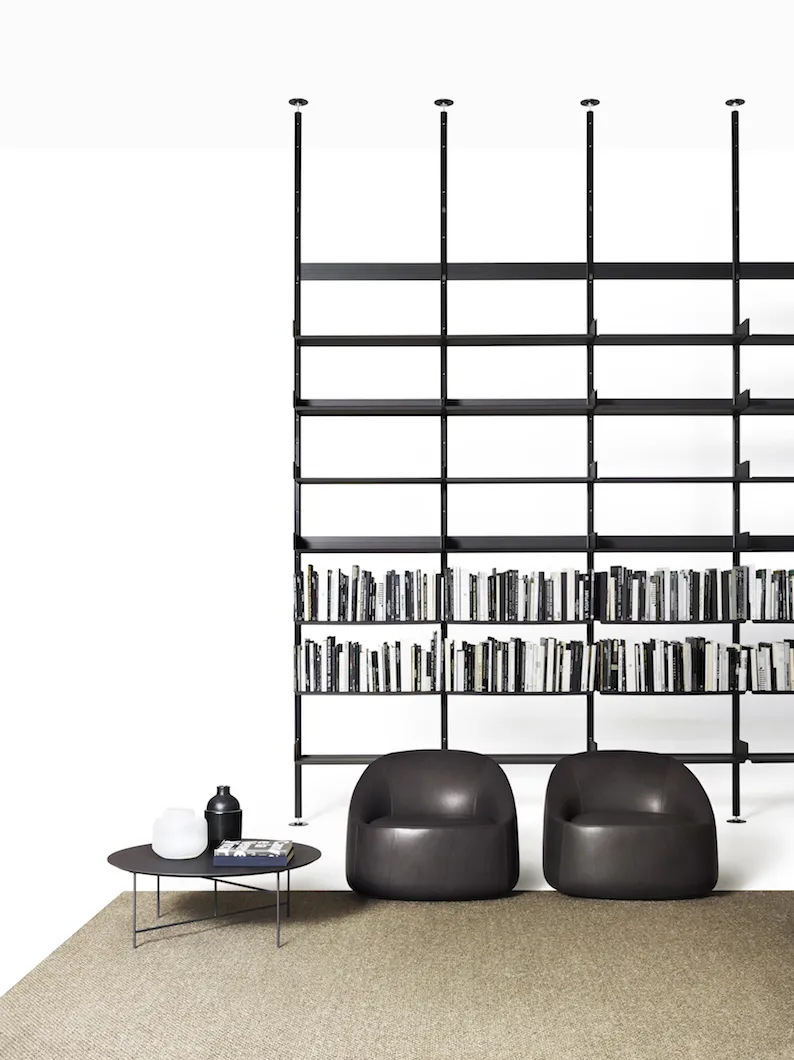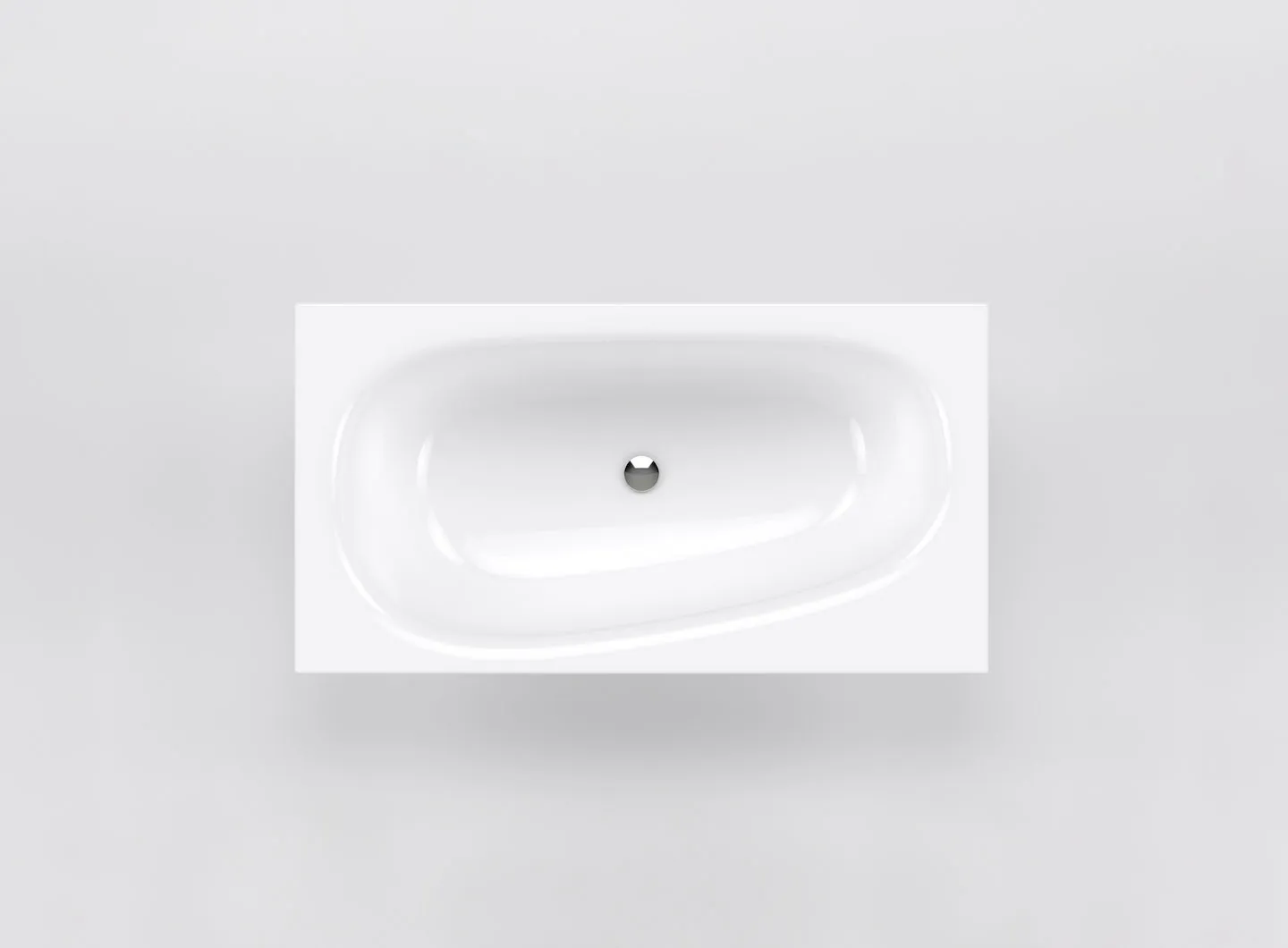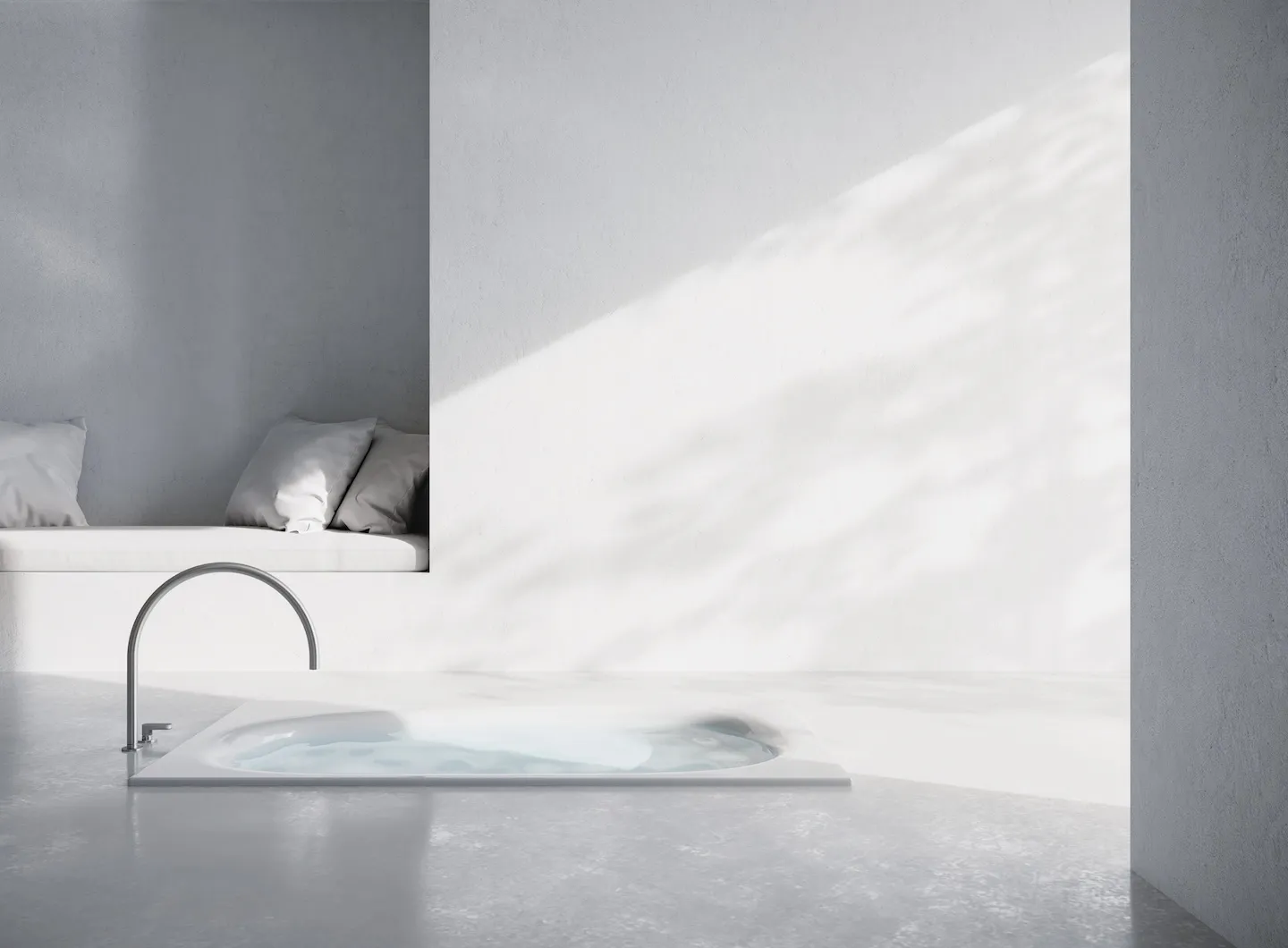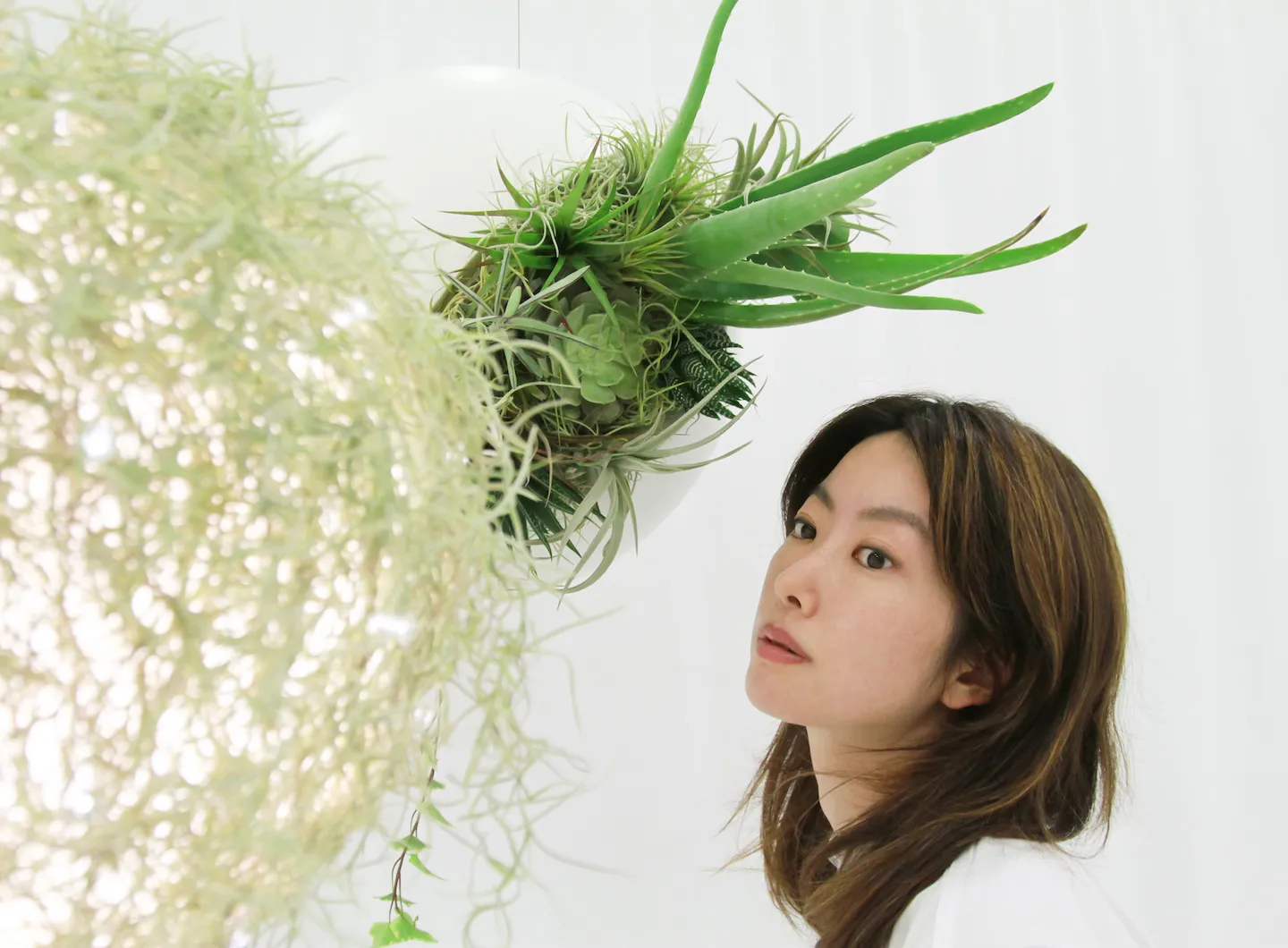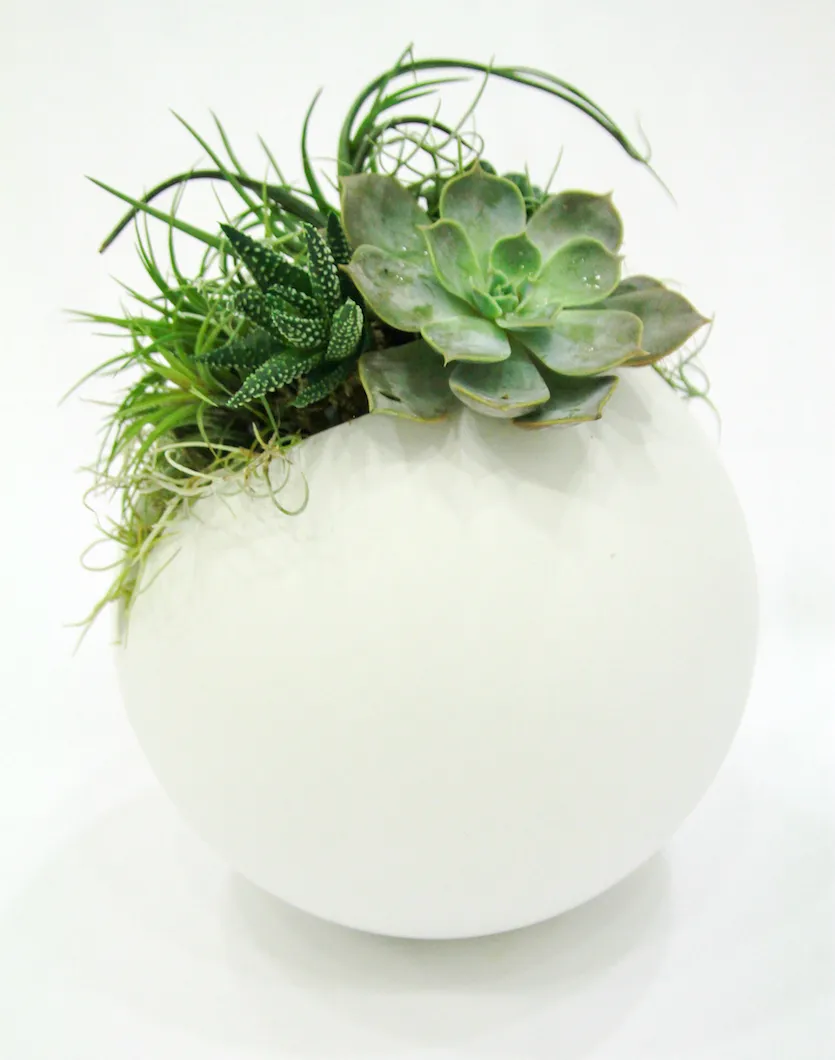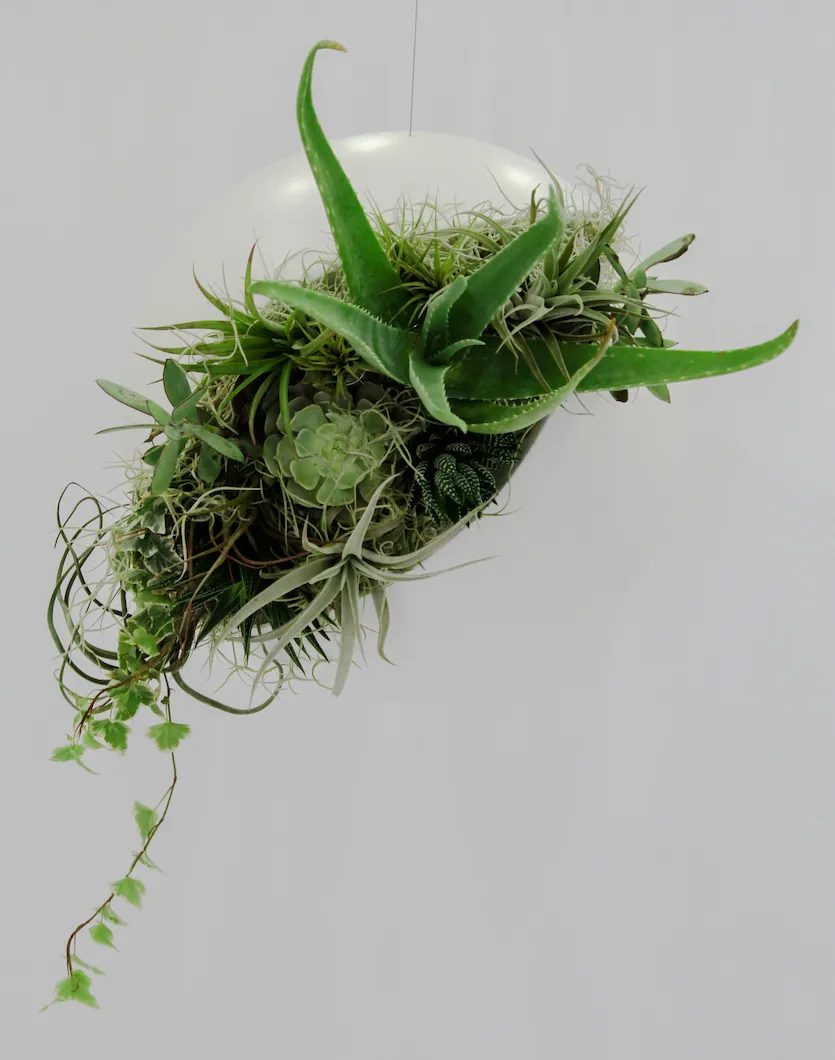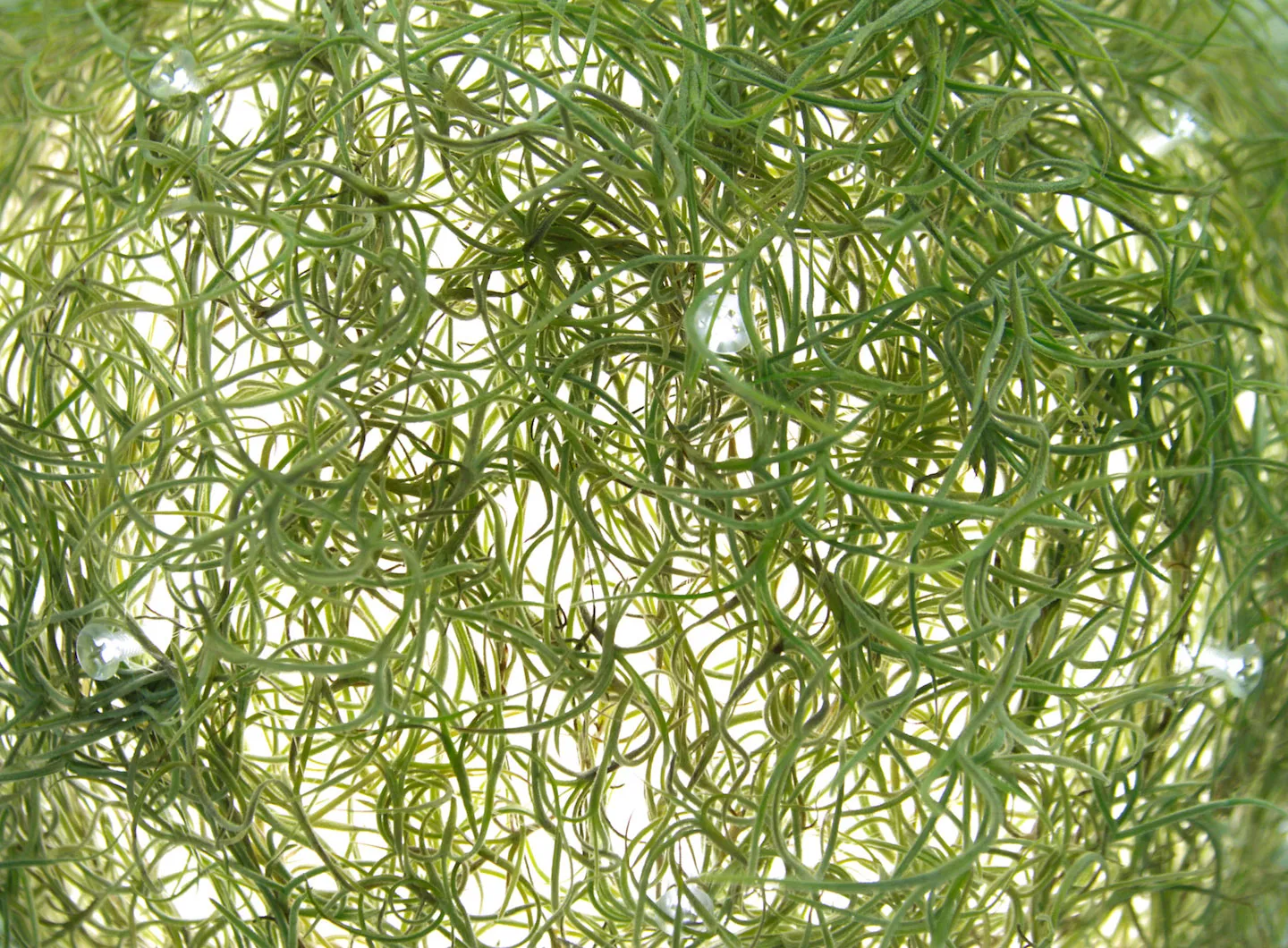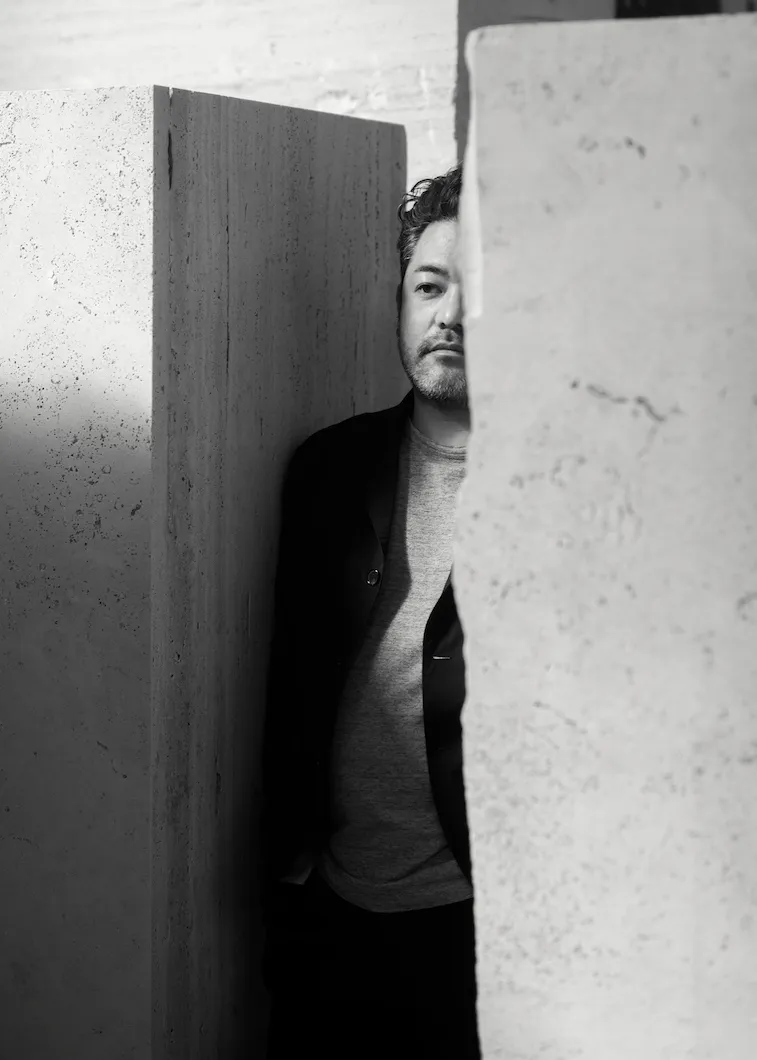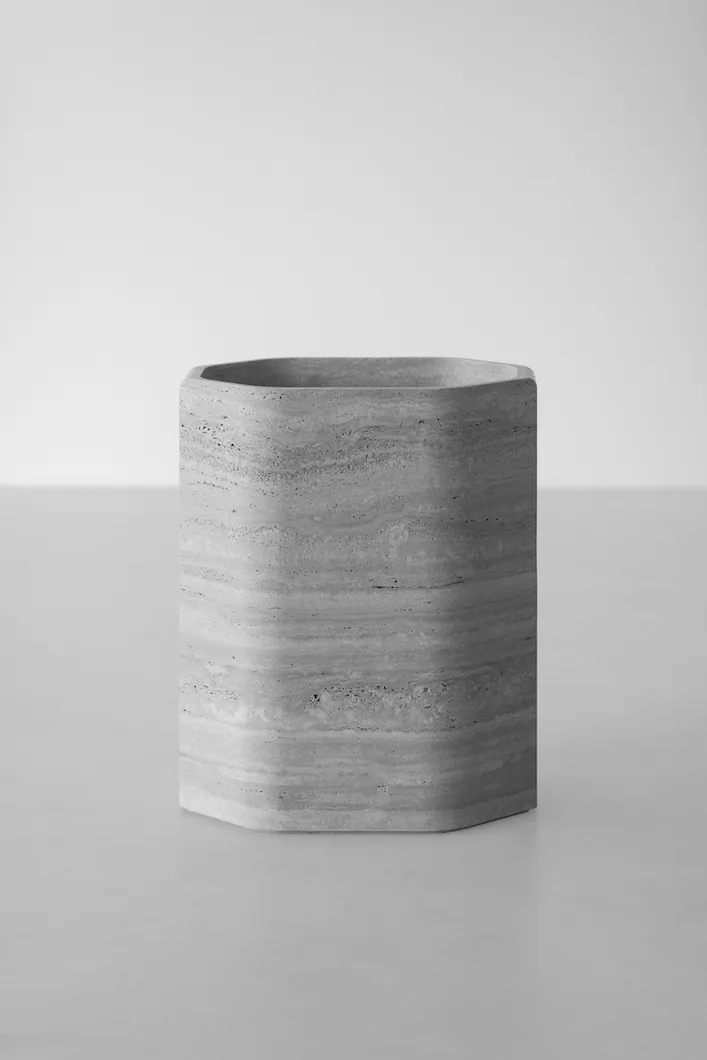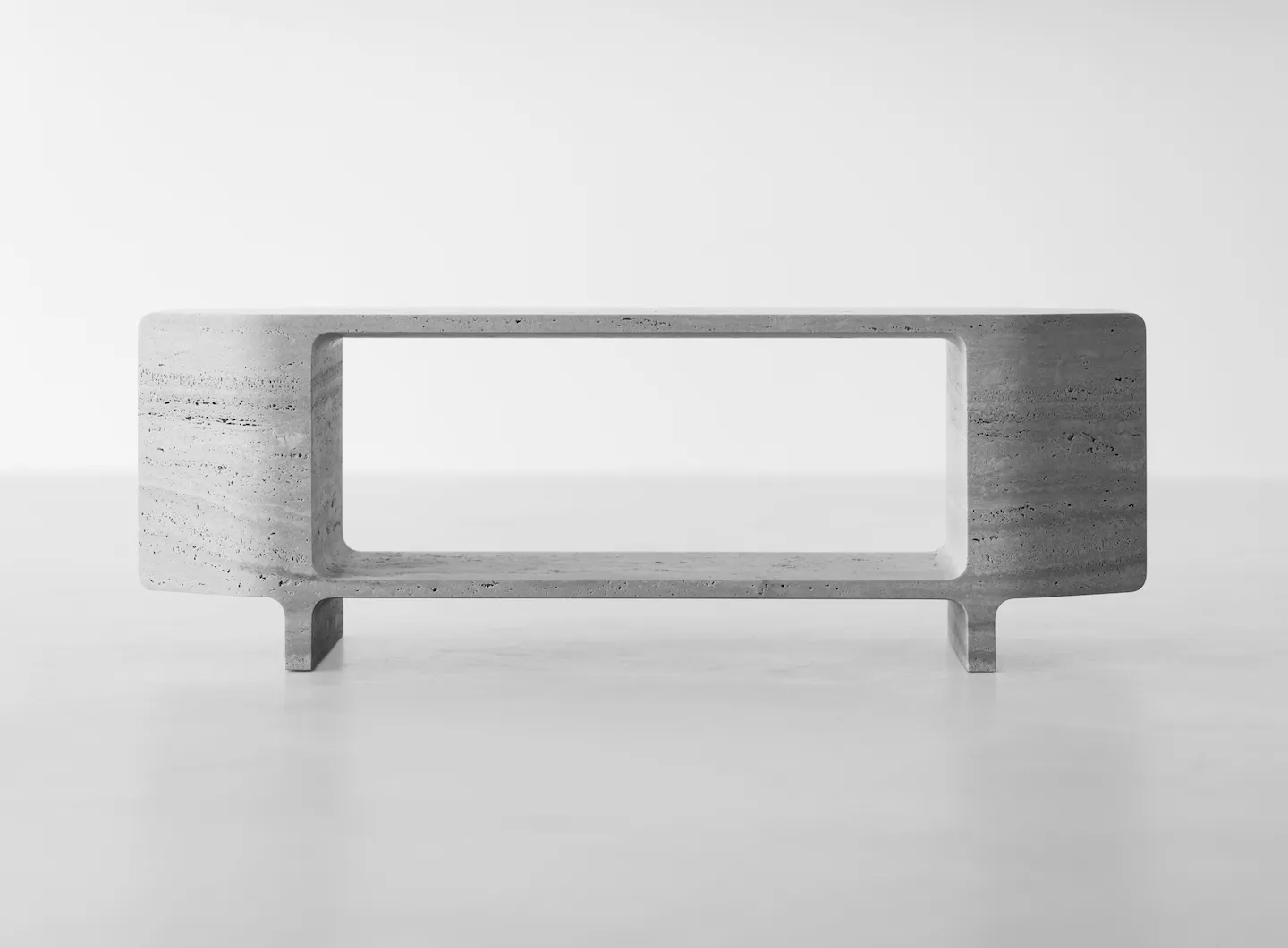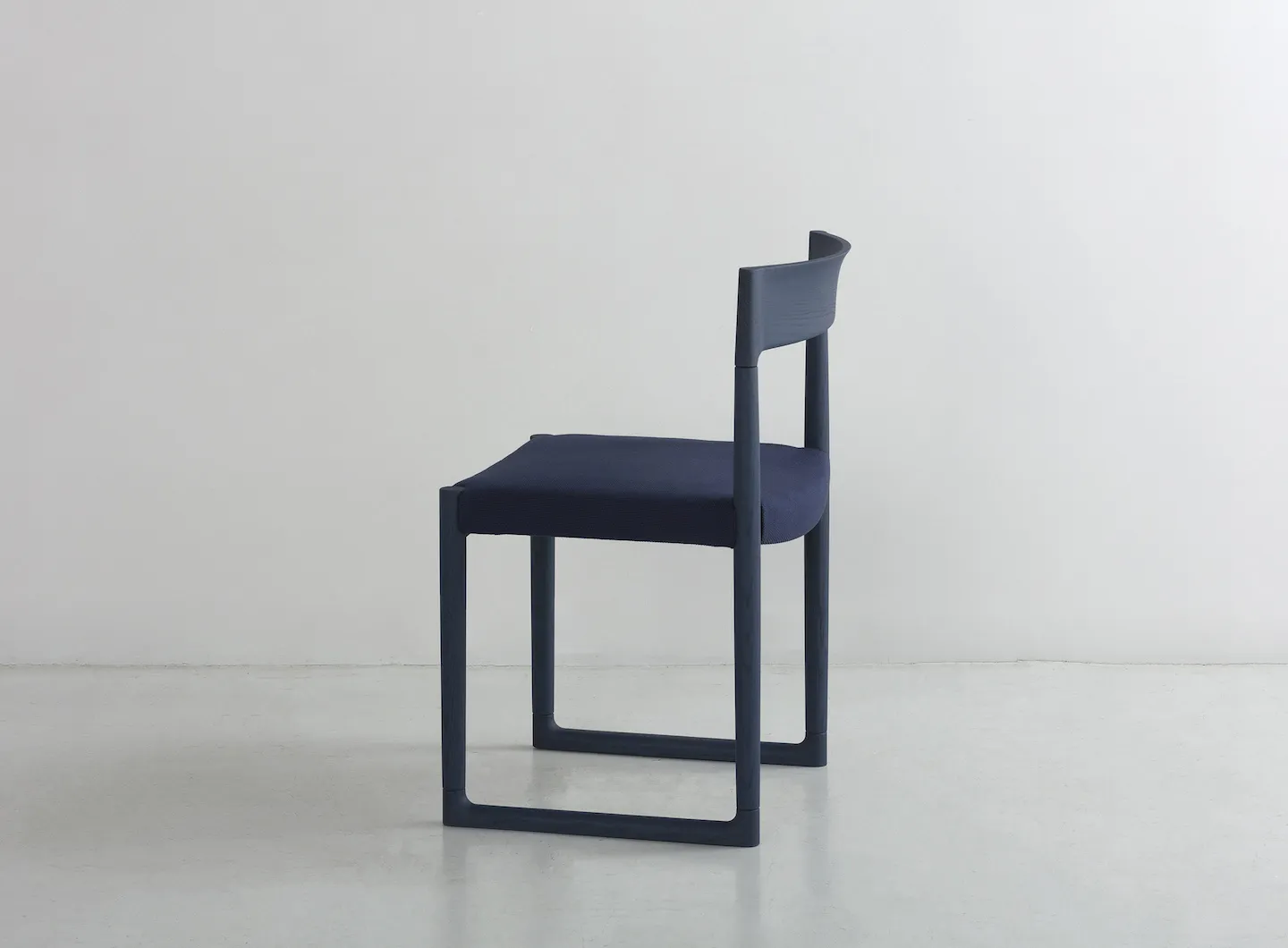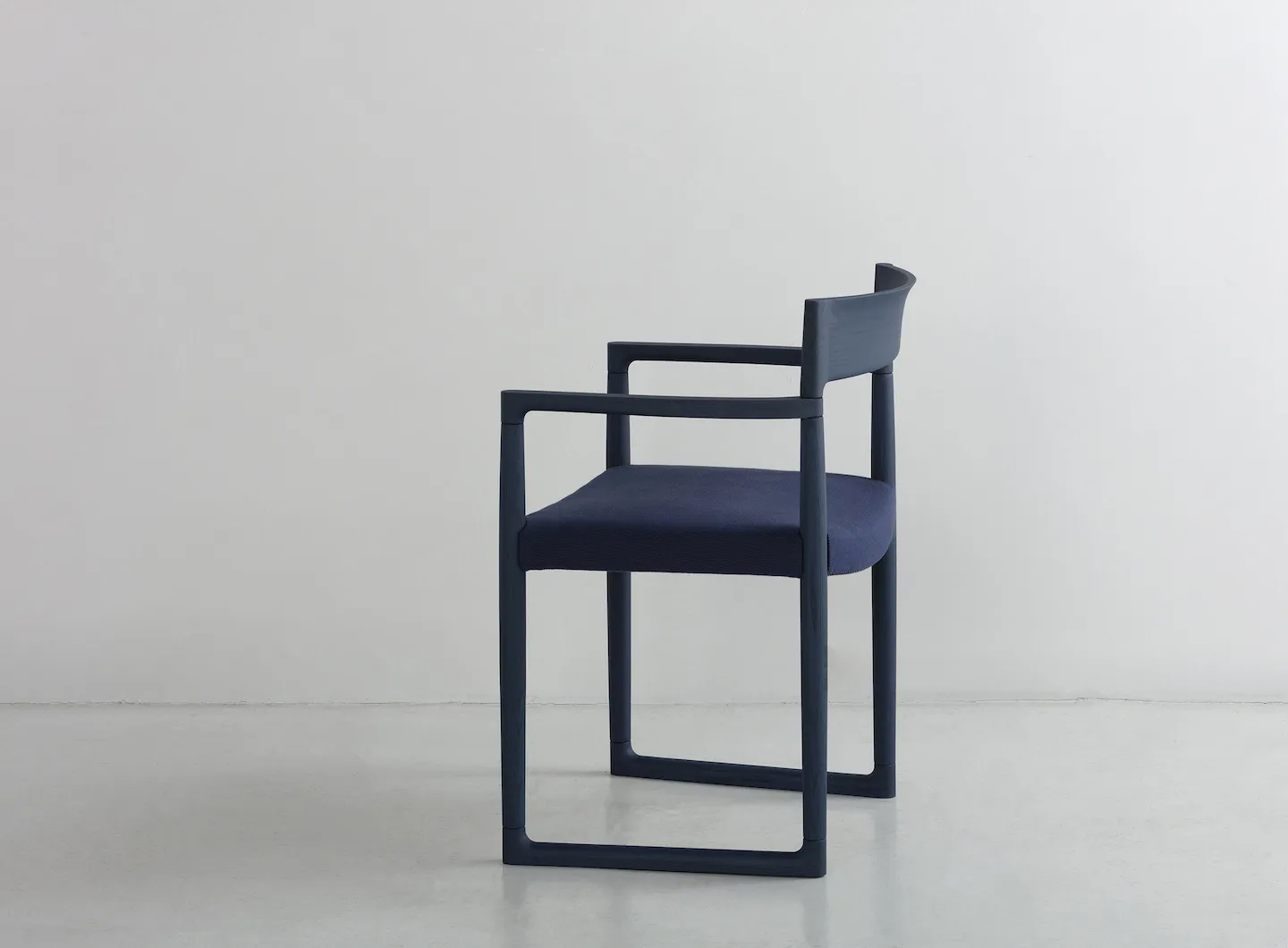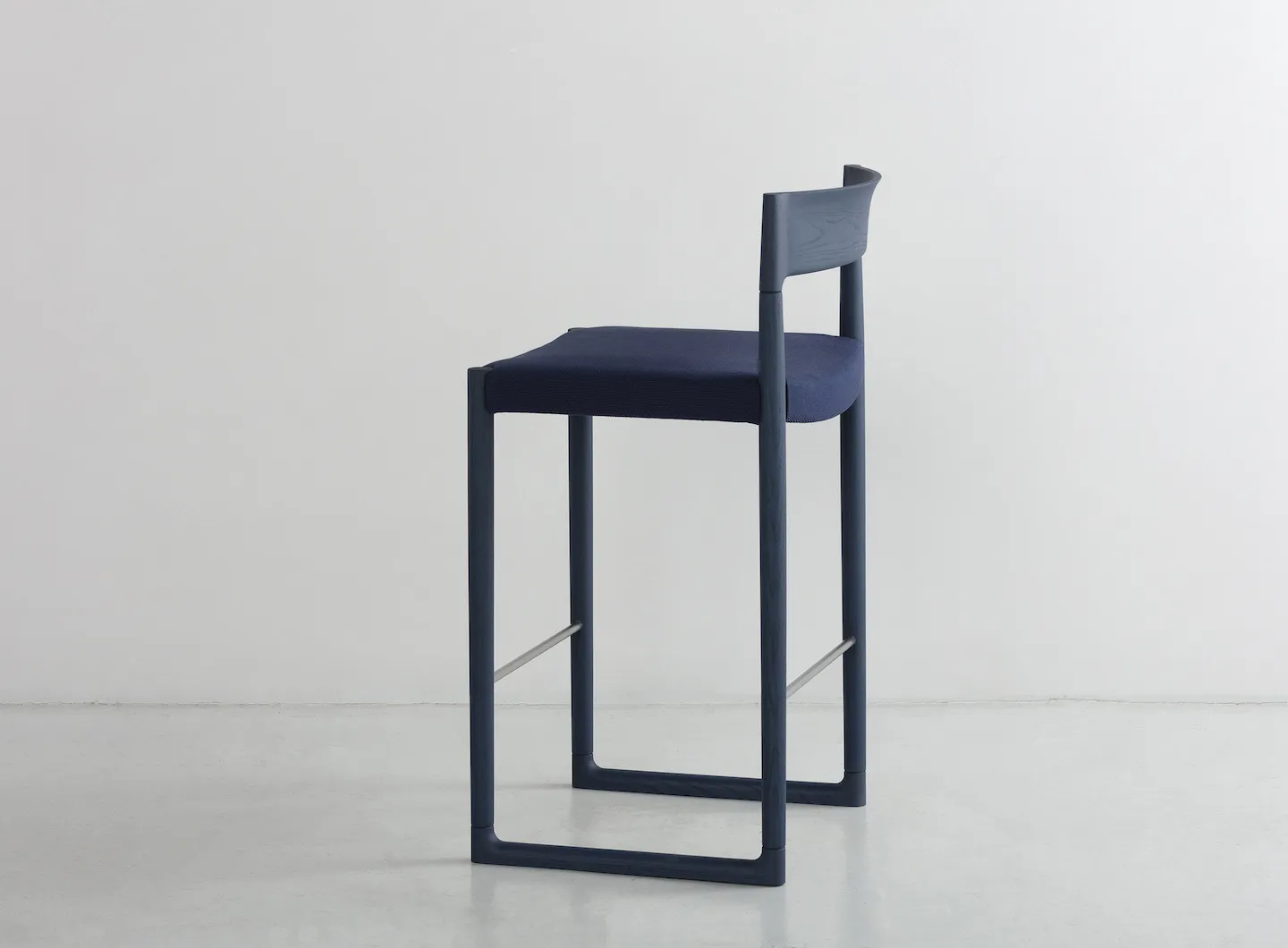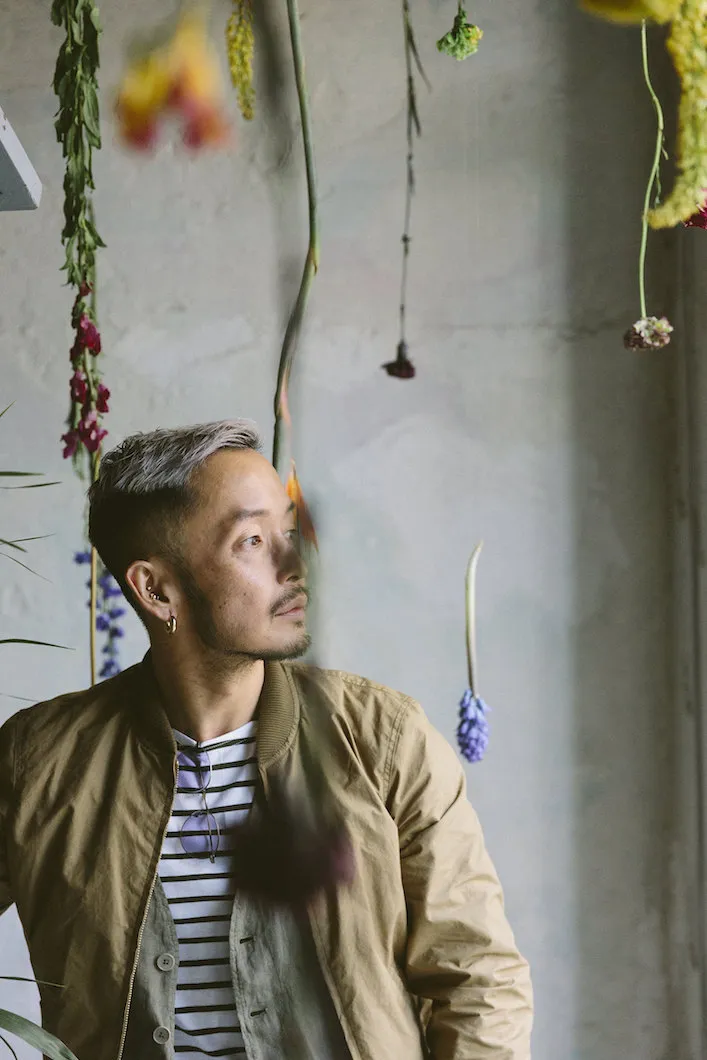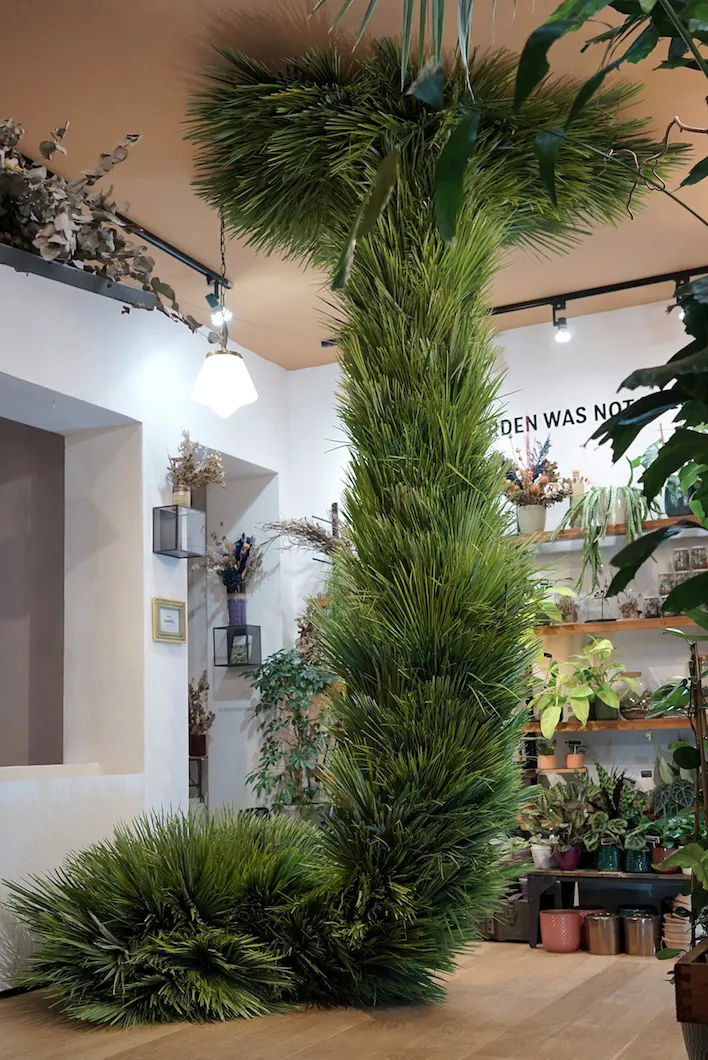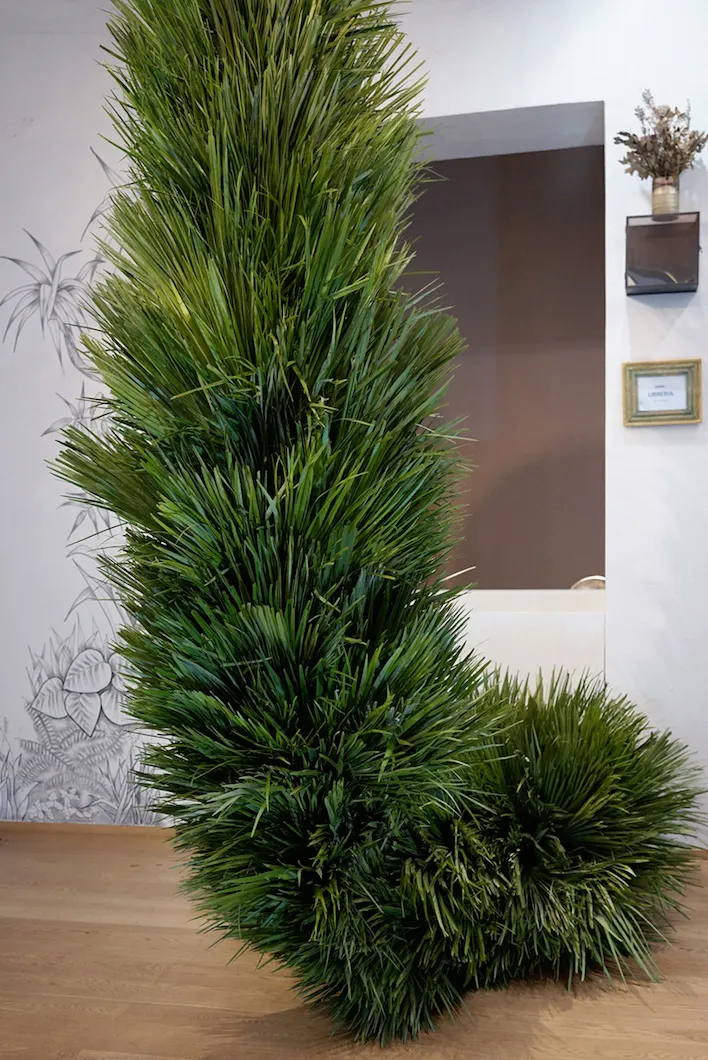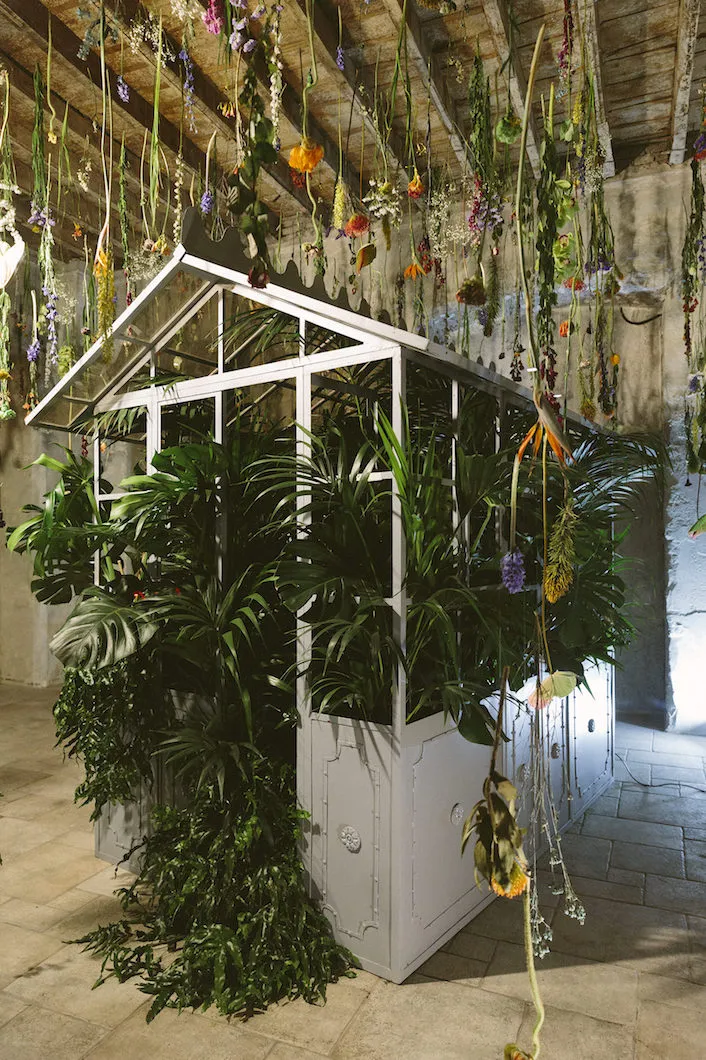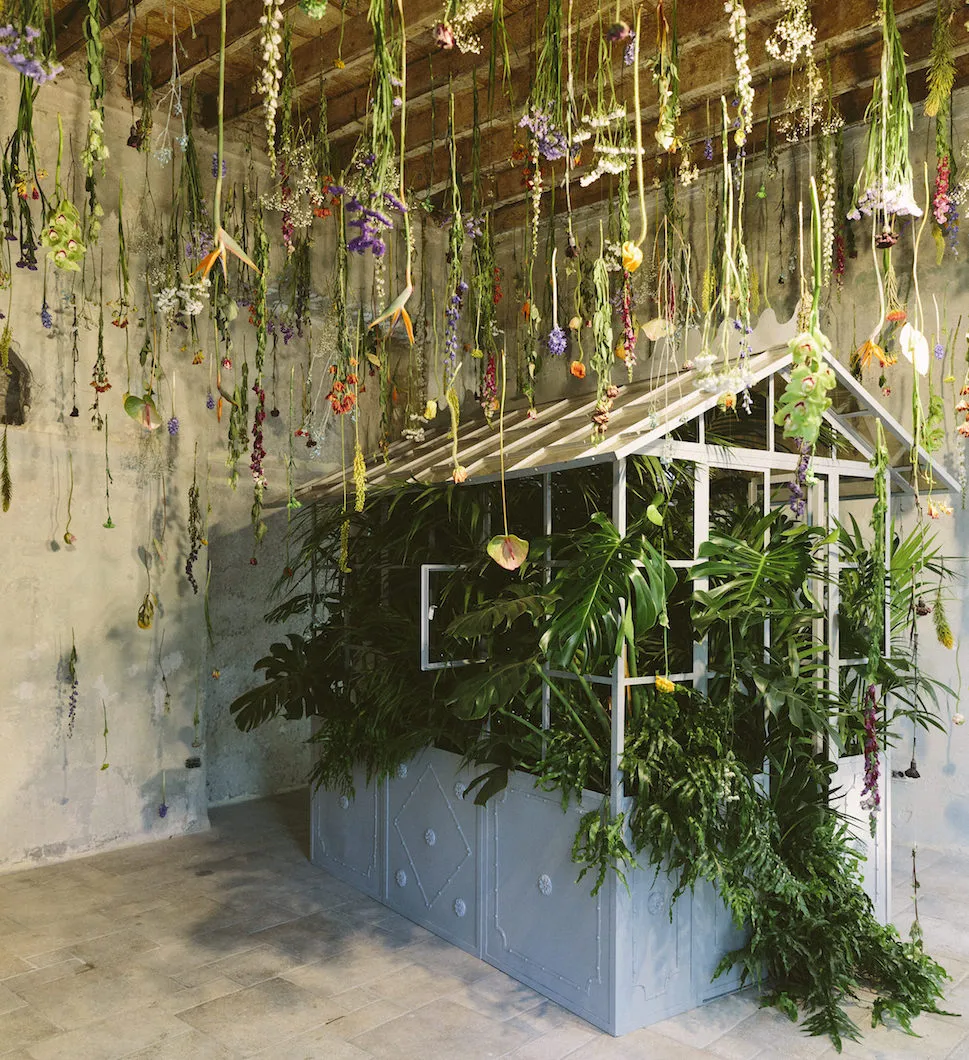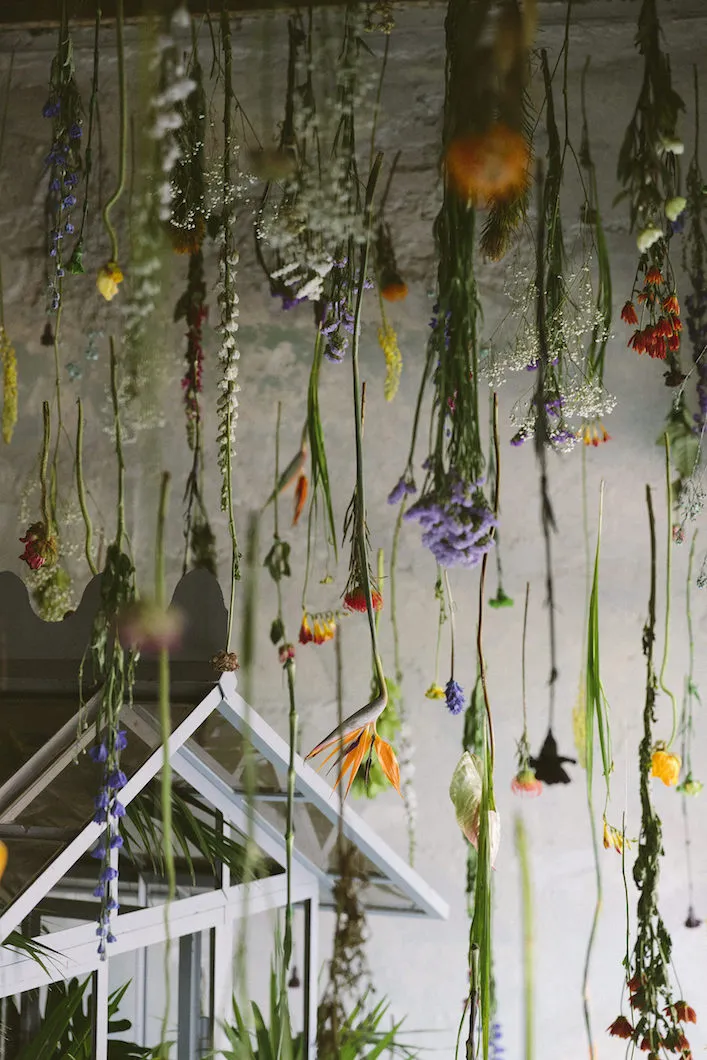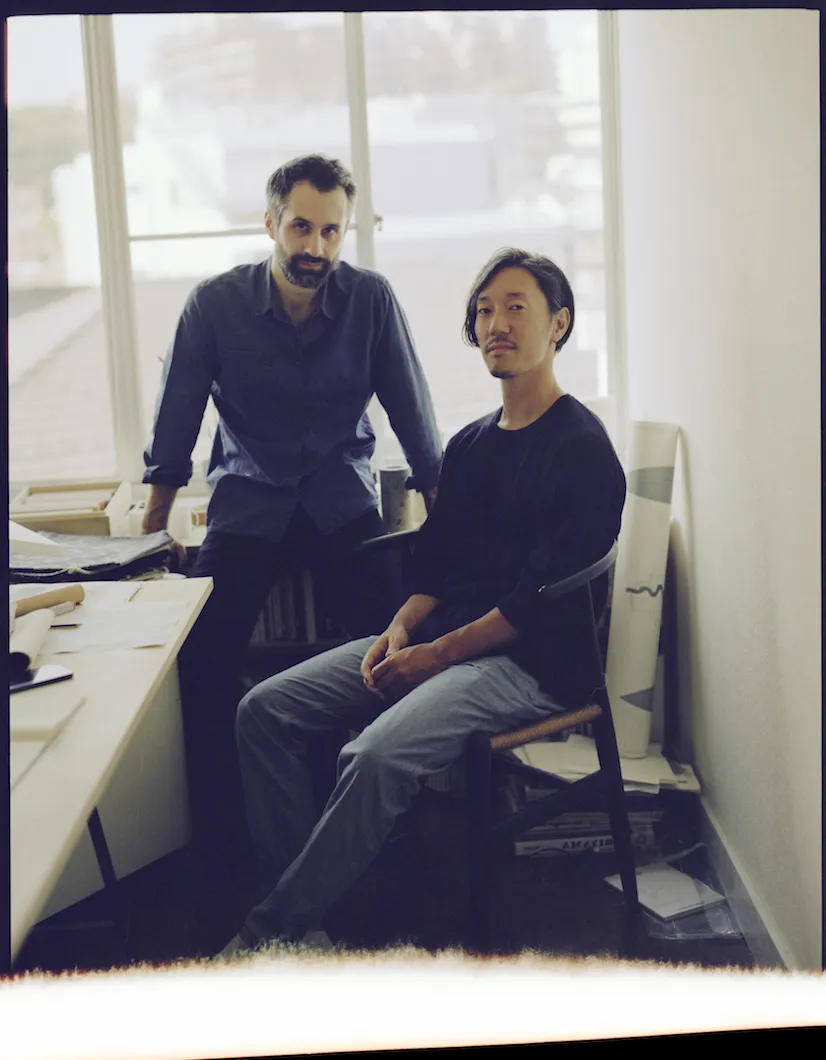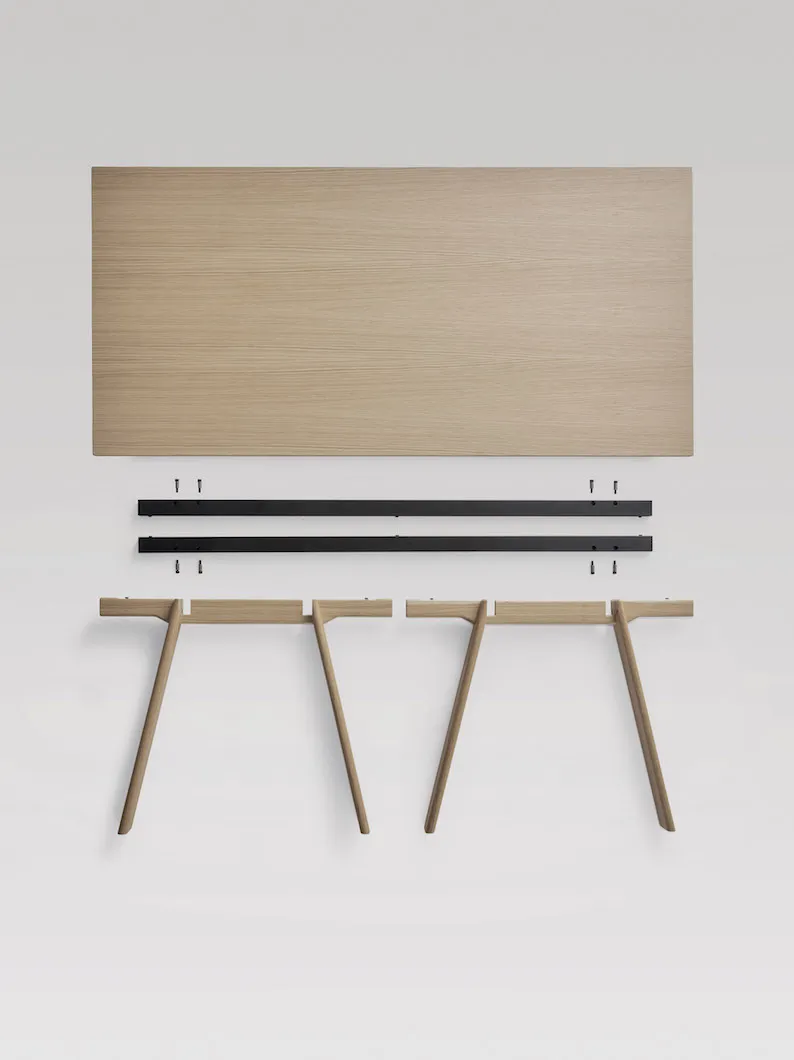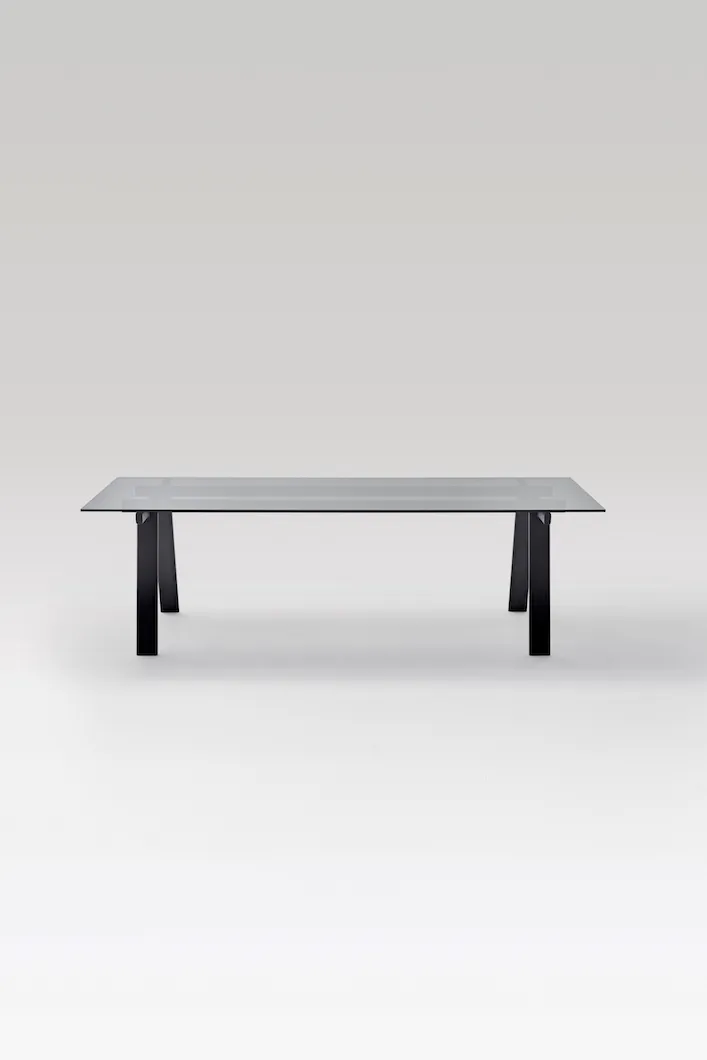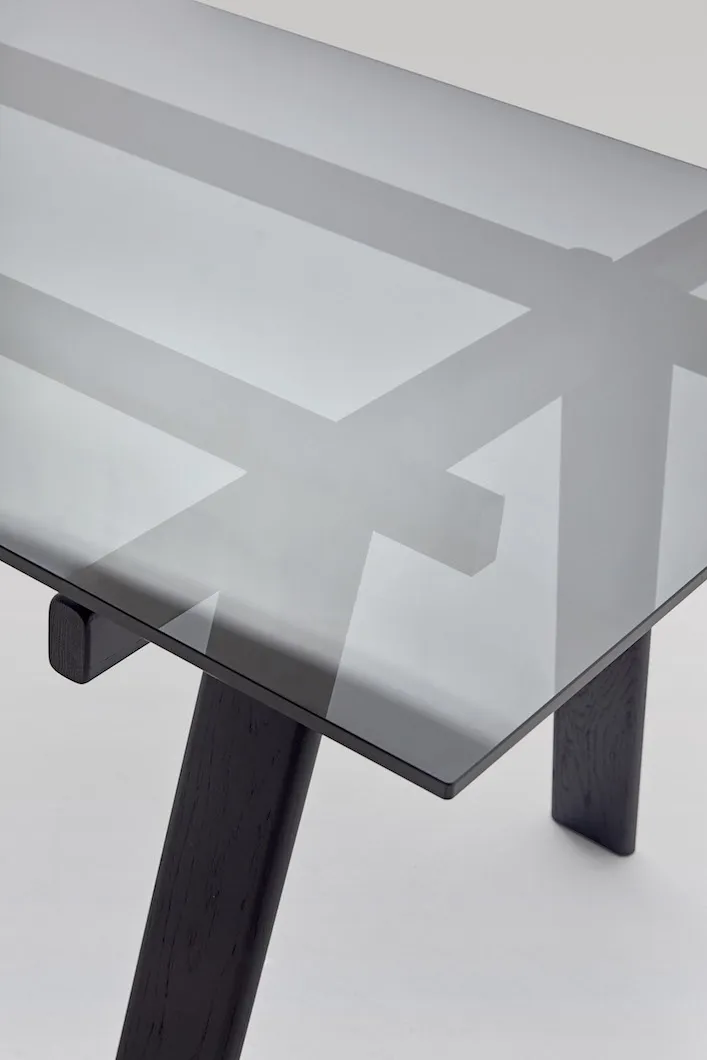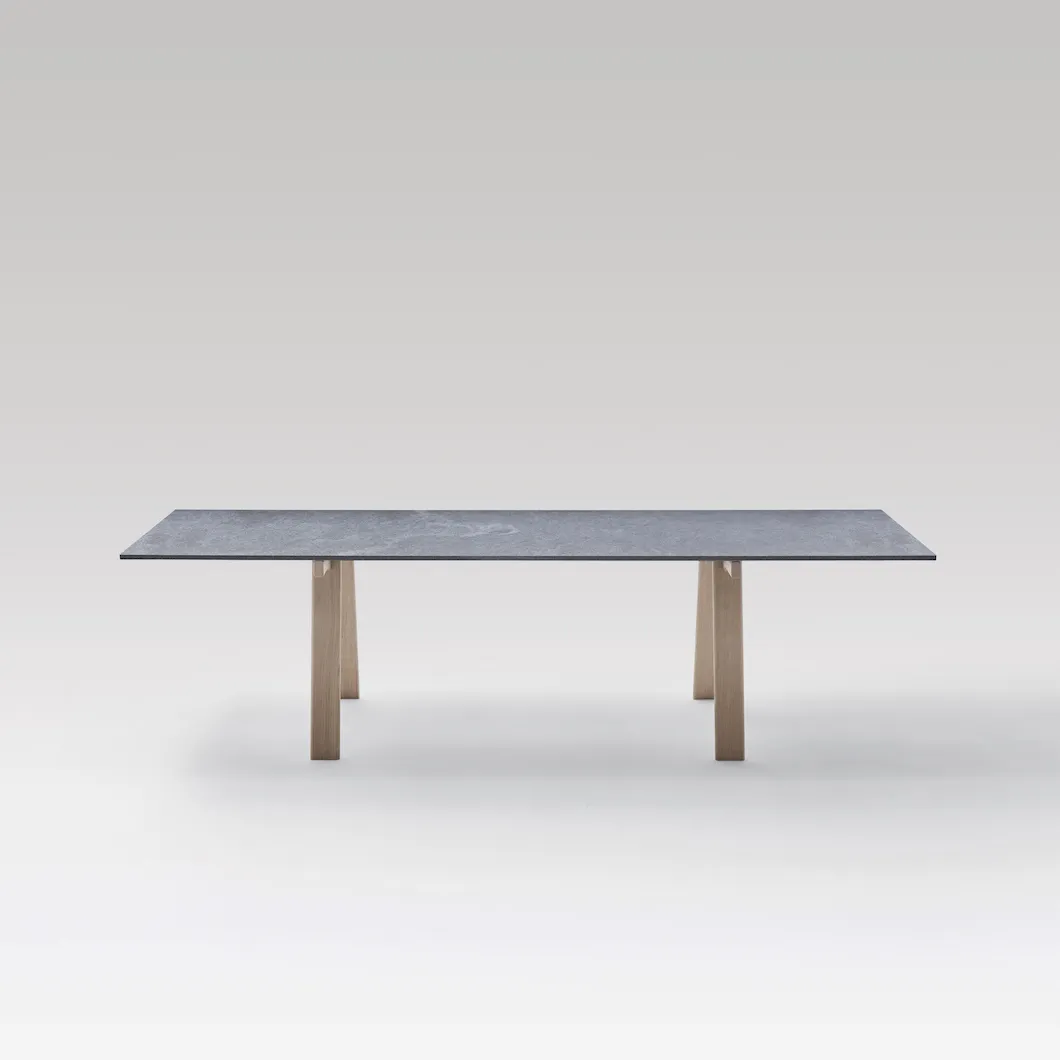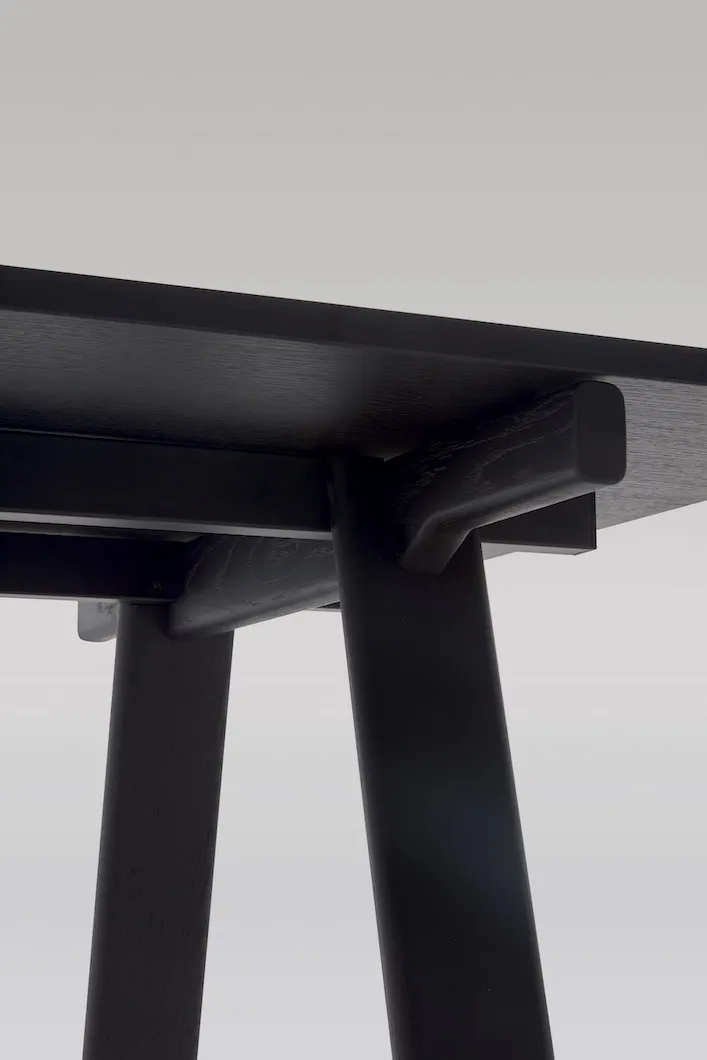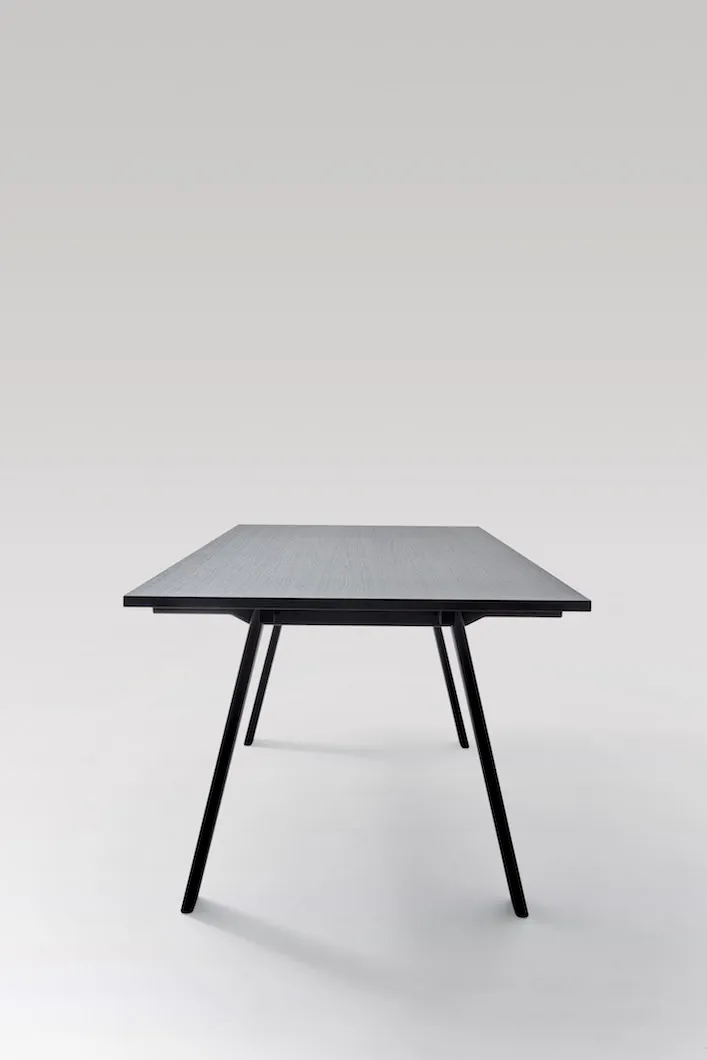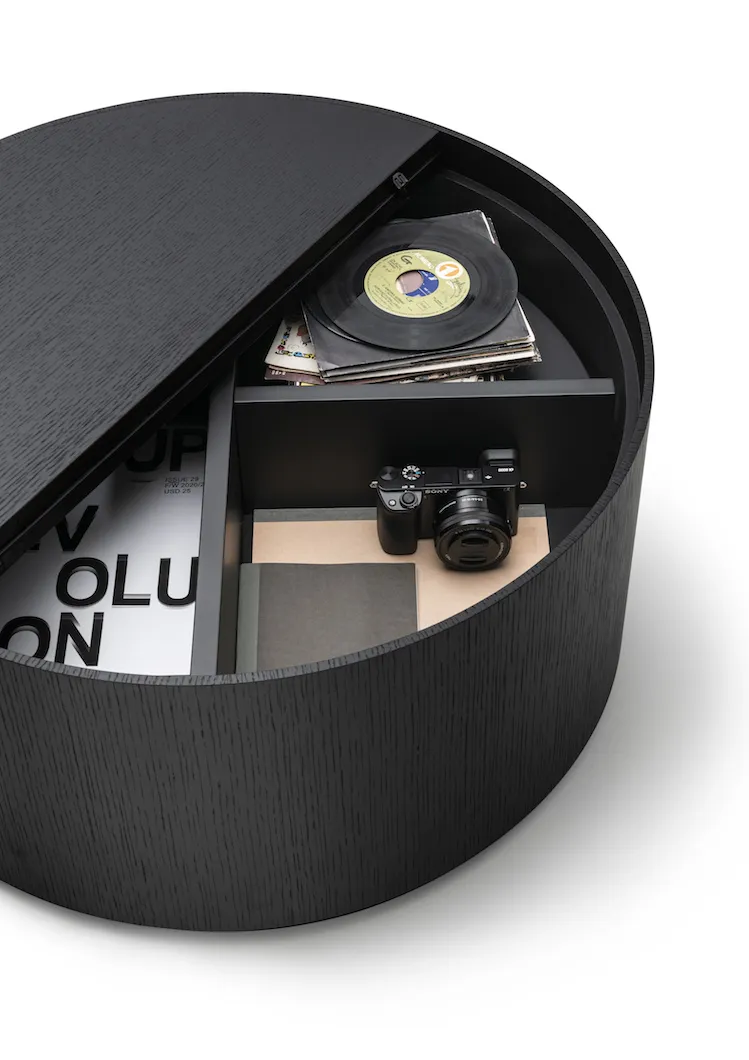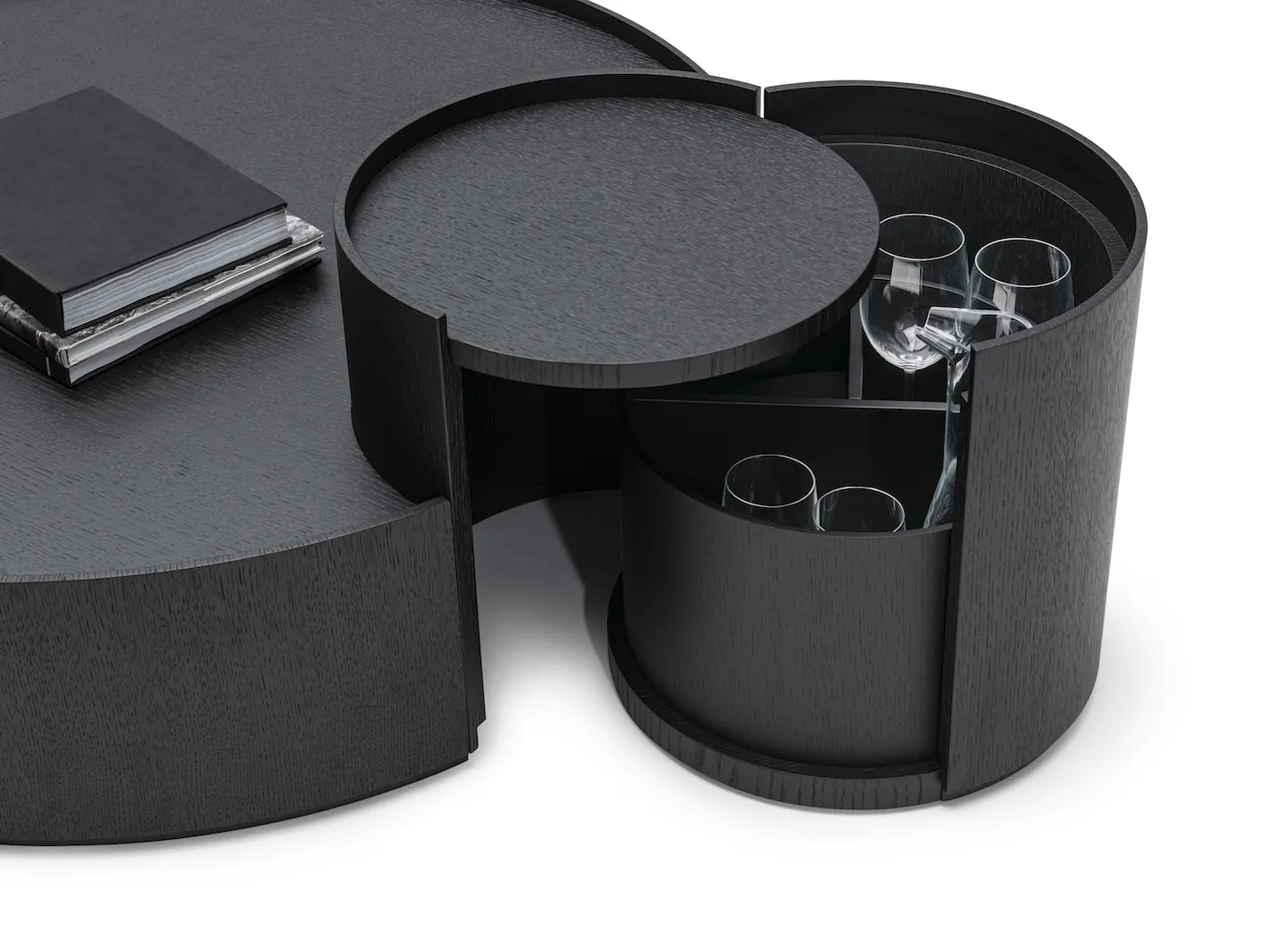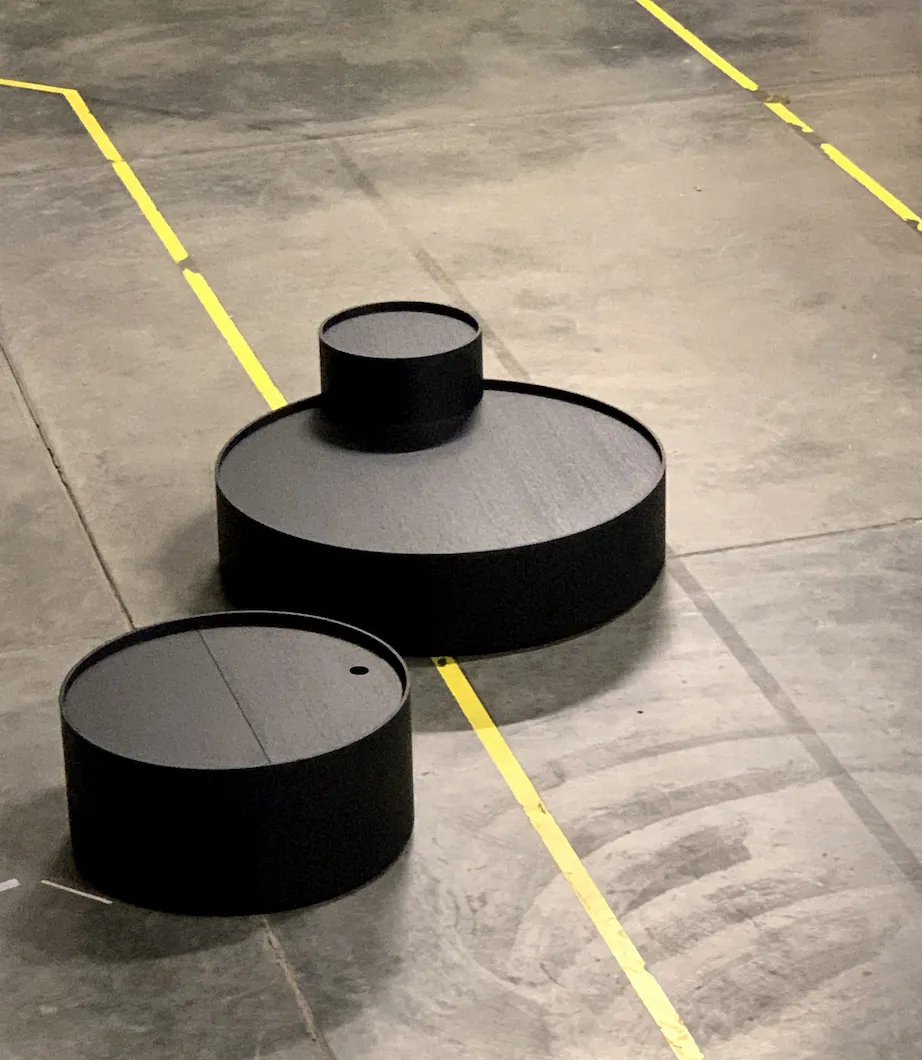In partnership with MiCodmc, a selection of establishments ripe for discovery during the 63rd edition of the Salone del Mobile.Milano, from 8th to 13th April
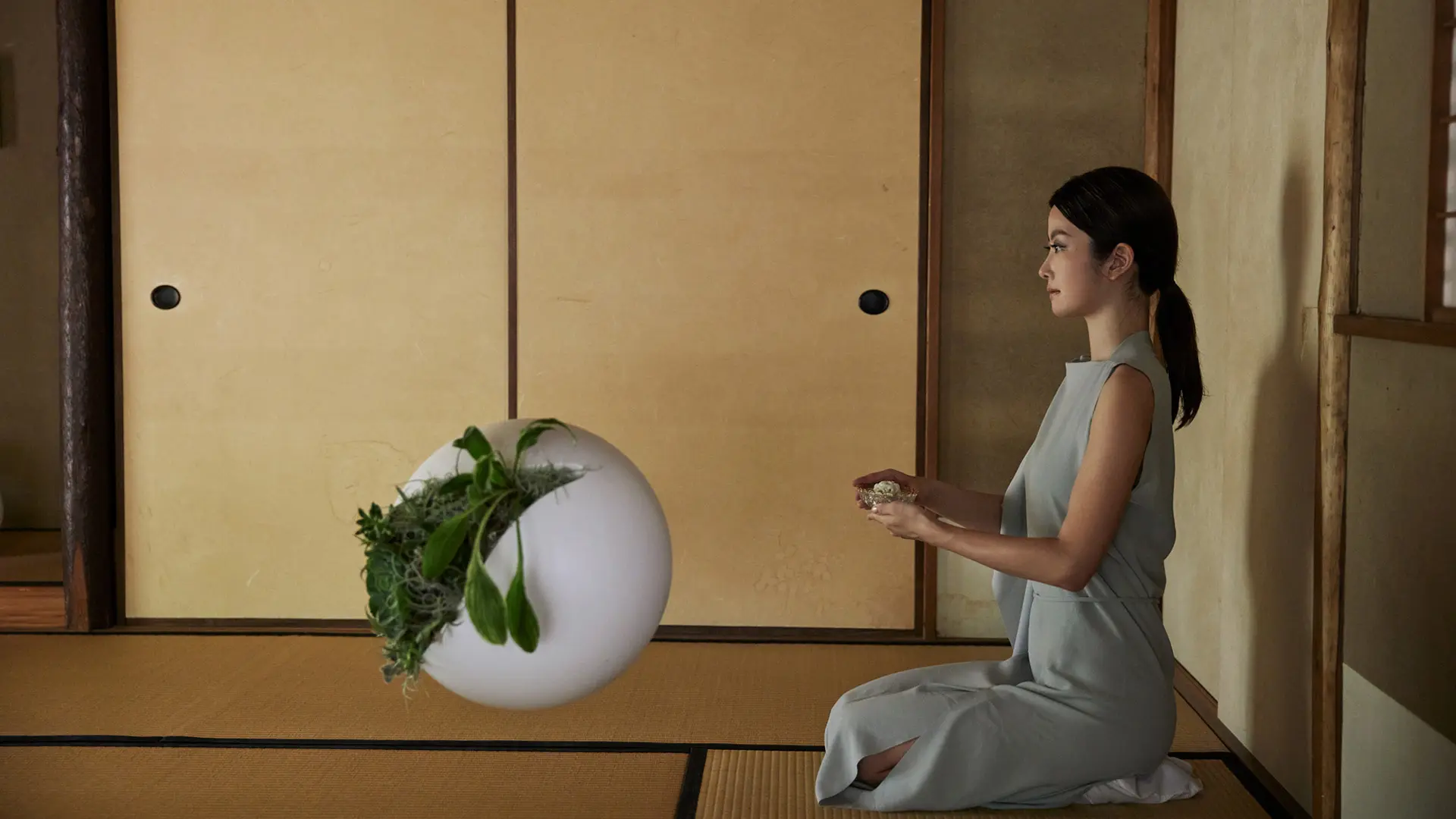
These designers have chosen Italy as the place to be, study, express themselves and live. By chance or by choice, their different stories are united by a common thread: the joys of cross-pollination.
Italy has always attracted talents from all over the world, drawn by its culture of design, craftsmanship, its informed, rational thinking about conception of space and functionality of form. Here are five stories of Japanese designers who have chosen Italy as their destination. Their different paths, from furniture to flower design, are full of courage, intuition, dedication and perseverance; they stand out for their openness to diversity, willingness to cross-pollinate, and enthusiasm for research, blurring beliefs and philosophies to create something rich, new and unique.
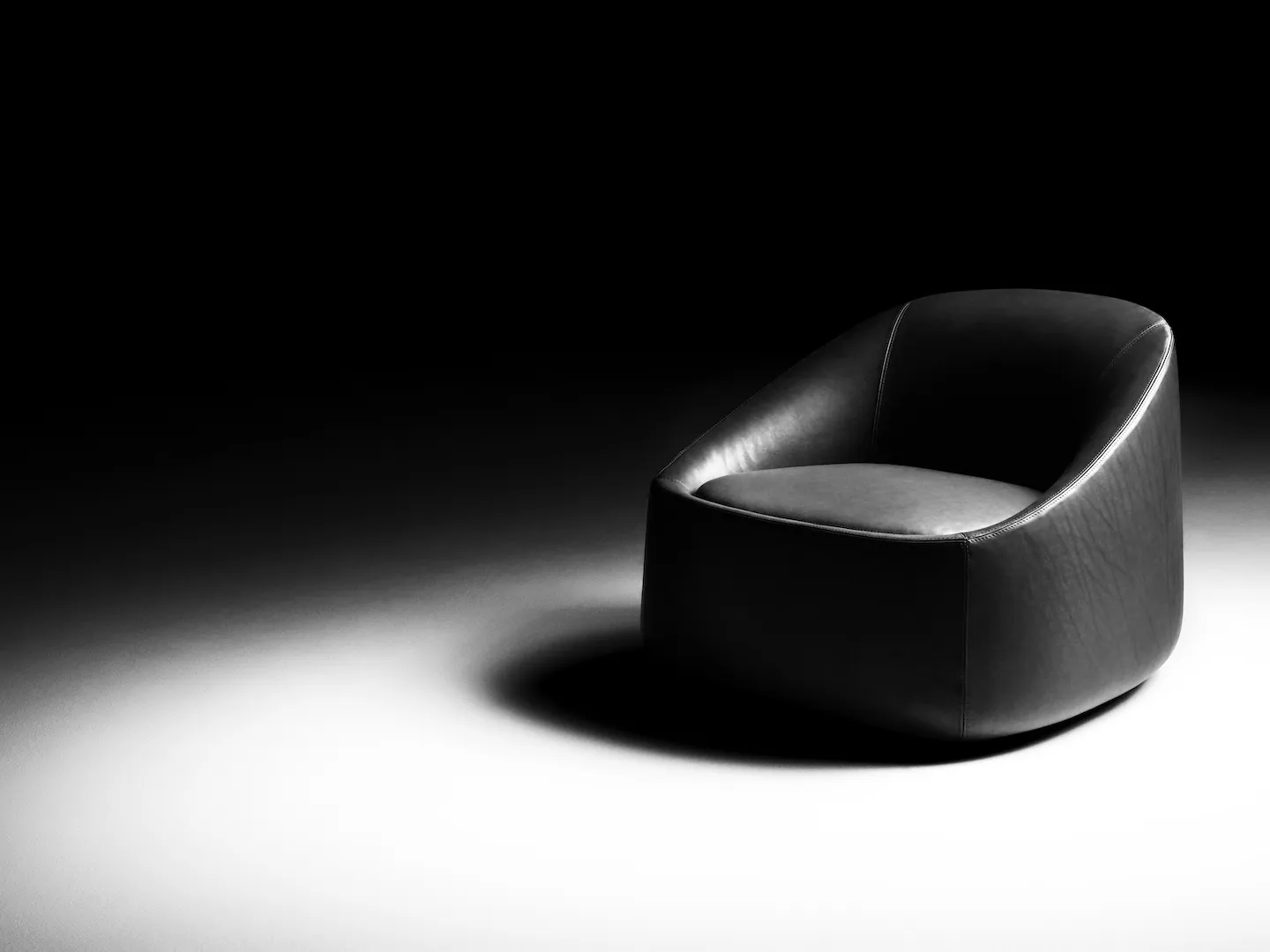
Ripamonti, De Padova, 2020
Keiji Takeuchi
Born in Fukuoka but raised in New Zealand – where he graduated in Product Design – Takeuchi travelled the world before settling in Italy. He studied in Paris, at ENSCI/Les Ateliers, then returned to Japan in 2005, where he worked with Naoto Fukasawa Design Ltd for seven years. He then moved to Milan to set up a European branch for the company. After a short period working as a freelancer, in 2015 he opened his own studio in the Ripamonti district, in a refurbished former industrial building. “I feel good in Italy,” says the cosmopolitan-minded designer who has decided to live and work in Milan. His particularly personal poetics blends design culture and Made-in-Italy craftsmanship with an exquisitely oriental sensitivity that manifests itself in a never-ending search for harmony and balance, and a meticulous study of colour and light. His objects may be pure and essential, but woe betide calling him minimalist: he leverages simplicity to add a layer of extreme refinement and emphasize the essence and strength of his materials. That same simplicity is evident in his work management; uninterested in taking on large numbers of projects, he’d far rather focus on one goal at a time and always give his best, keeping a lookout for new opportunities. Deeply fascinated by the Italian industrial panorama, full of companies with a long history, enlightened by a passion for design, practical skills and intuition, he has worked for Boffi, De Padova, Living Divani and Fucina, pushing the boundaries with shapes and new processes for seating, tables, lamps, kitchen accessories, and bathroom furniture. Beyond Italy’s borders, he has designed for Geiger/Herman Miller, Ligne Roset, Cruso, Fredericia, Ichendorf, by Interiors Inc., and Jaxson Koen/Lixil. For the latter, a particularly visionary Japanese company that promotes a philosophy of new simplicity for the bathroom, the designer designed Concave, a tub with sinuous lines conceived to hug the body and offer an experience of complete relaxation. For De Padova, he made Ripamonti, a comfortable, enveloping armchair inspired by the voluminous forms of the 1970s – very dear to the designer – revisited with contemporary sensibility.
keijitakeuchi.com
@keiji__takeuchi
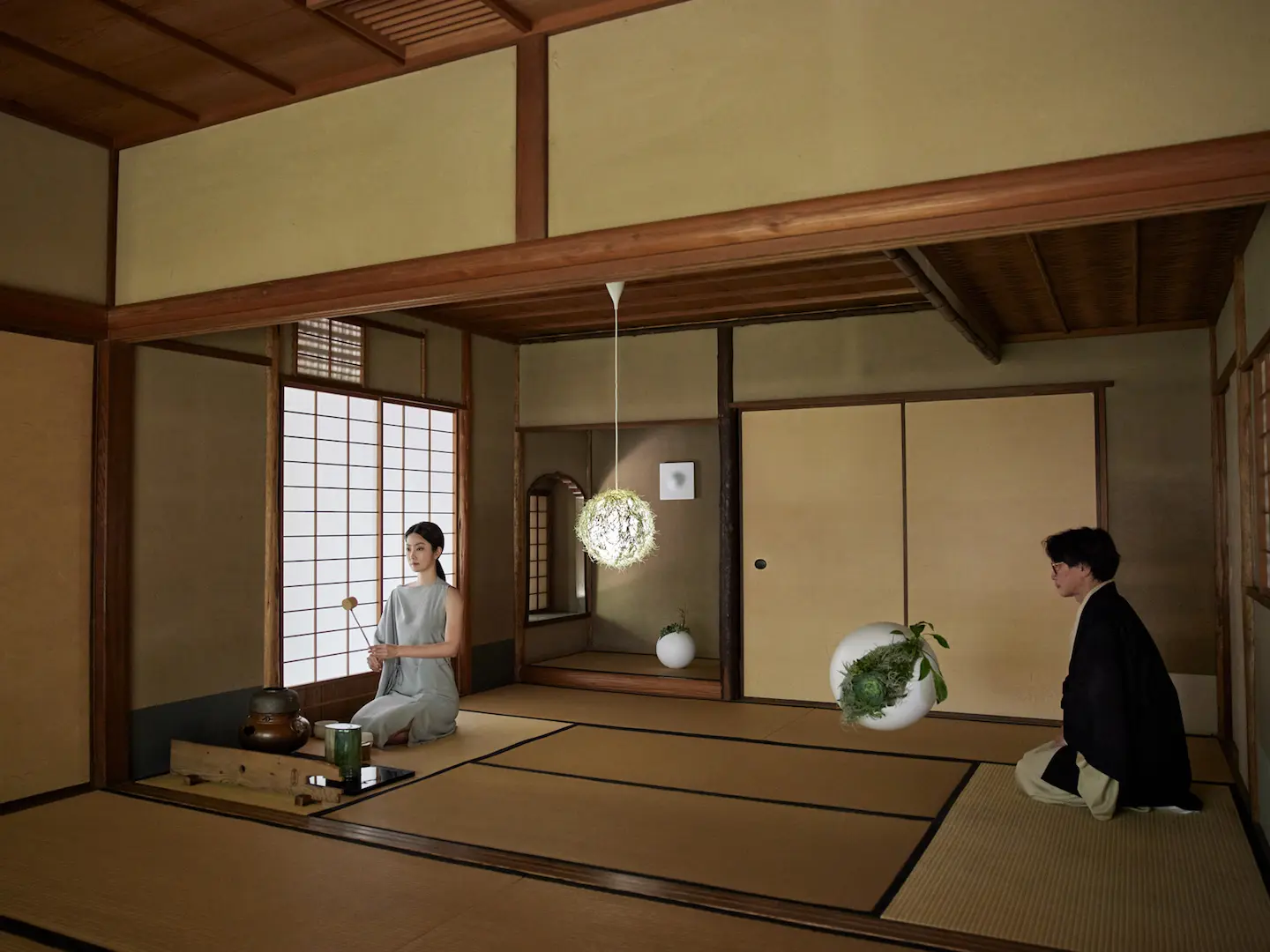
Perfette Imperfezioni – Perfect Imperfections, in collaboration with Prof. Toru Ota Professore alla Ritsumeikan University di Kyoto.
Haruka
Visual artist Haruka graduated from Tokyo University of Fine Arts with a degree in Painting. After studying Eastern and Western Art History, she dedicated herself to creating freely-inspired contemporary works. She then embarked on a career as a model, which brought her to Milan, a city that would soon become her second home, as art became her main occupation. She currently lives between Tokyo and Italy, dedicating herself to research and study for Studio SH2, based in Brugherio. Haruka’s creations are inspired by the idea of unfinished beauty (in Japanese “Mikan no bi”). Borrowed from Japanese Zen, this philosophy celebrates the beauty of the unfinished, encouraging our individual search for truth through experience. Her first exhibition, Perfette Imperfezioni, focused specifically on investigating incomplete beauty, imperfect because every completion inevitably corresponds to its end, to its collapse. The tea room (“Sukiya”) becomes an expression of “Mikan no bi”; everything within it was intentionally made to be asymmetrical. Within this space, people learn to contemplate imperfect beauty through the senses, experiencing the allure of the “unrepeatable encounter,” given that each tea ceremony brings different people together in a way that is never the same.
studiosh2.it/
@studiosh2tokyo

Eidos, Vassalli, 2021.
Kensaku Oshiro
Oshiro was born on the island of Okinawa in 1977. He obtained a Master’s in Industrial Design from the Scuola Politecnica di Design in Milan in 1999. In 2004, he joined the Lissoni & Partners practice. He worked there until mid-2012, when he moved to London to work at Barber Osgerby. When he returned to Milan in 2015, he opened his own studio, which in 2017 he renamed OSHIRO. In his design practice, he reworks history and innovation with a sensitivity that blends precision and an Italian-style design approach with the poetics of organic forms typical of the Japanese tradition. His portfolio includes seating, lamps and accessories for Italian (Zanotta, Poltrona Frau, De Padova, Glass Italia) and Japanese companies, such as by Interiors Inc., a furniture brand based in Tokyo, for which Oshiro designed Sweep, a family of wooden chairs – from dining chair to stool – that features a combination of armrests, seats and legs with a backrest made using a numerically-controlled machine, its rigorous, timeless lines suited to furnishing both homes and public spaces. Among the designer’s most recent projects, Eidos is a travertine bathroom collection created for the Tuscan company Vaselli that includes a pedestal washbasin with accessories, tub, screen, towel rack and bench. The particular material characteristics of the stone are heightened by an attentive focus to detail, resulting in elegant yet functional sculptural volumes that seem to have been shaped by light and shadow. “Eidos is form: form that can tell the story of time, spatiality and the authenticity of stone.”
oshiro.it
@kensakuoshiro
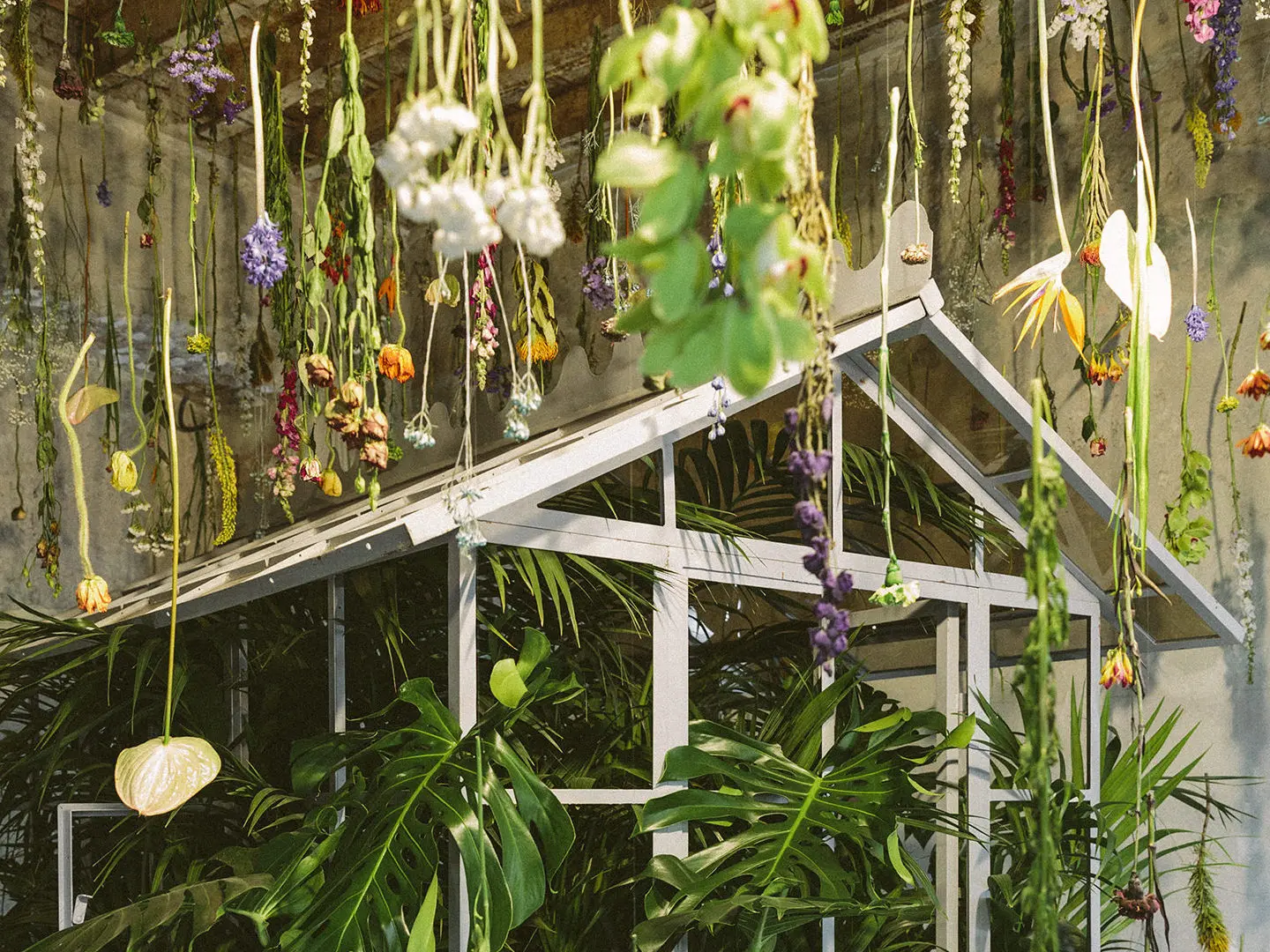
Life and Death, Green Fingers Market, 2021.
Satoshi Kawamoto
Kawamoto was born in Japan, where he grew up in an apartment building surrounded by greenery. This privilege (we are talking about the city of Tokyo, here) has conditioned his whole life, during which he has observed and reworked nature. Before founding the first Green Fingers Market, he worked in the Japanese capital at a furniture store, and then in a café: at both, he was in charge of looking after their small green spaces, and that was how he realized his vocation. When he moved to New York, he founded a second store, and then a third in Milan, the city that won his heart, and where he has decided to live. Today, Satoshi Kawamoto is a Master Plant Artist and the Creative Director of Green Fingers, a series of spaces where plants and shrubs blend with objects he has found on his travels, textiles, and small compositions that offer stylistic inspiration for original green design. His goal is to revolutionize how people relate to and interpret the role of plants in their lives. He pursues this mission with his unstinting and passionate work as a designer, ranging from styling stores, restaurants and department stores to working with major fashion brands on events and installations. “I want people to choose plants as if they were clothing or accessories. The usual rules of styling a look apply: pairing them with a vase or a room in your house is like coordinating a top with pants or shoes. Plants make perfect accessories: I use them like scarves, bandanas, and tote bags!” When all is said and done, his motto is, “The garden was not built in a day.” What he means by this is that plants require patience, care and style too. Parasite Palm and Life and Death are two works that amply demonstrate his philosophy, focused on exalting the innate beauty of plants and their mutability over time. Parasite Palm is a very recent addition to the Green Fingers Market in Milan: a column of palm leaves emerges from floor to ceiling, coming to life like an alien figure. Life and Death reinterprets Lavoisier’s precept, staging the natural cycle of cause and effect, birth and extinction, showing that death is not an absence of identity but a transformational phase, full of energy and awareness.
satoshikawamoto.com
greenfingersmarket.com
@satie_san
@greenfingersmarket

Moon, Living Divani, 2021.
mist-o
Noa Ikeuchi and Tommaso Nani met when studying at the Istituto Europeo di Design in Milan. They immediately began working together, showing their earliest projects at Fuorisalone, in 2006, and at SaloneSatellite, in 2009 and 2010. They founded mist-o in 2012. Based in Tokyo and Milan, the studio’s name encapsulates its philosophy: a meeting of different heritages and design traditions that seek harmony and meaning in the search for a simple and essential stylistic language. mist-o designs at all scales, from accessories and furniture to interior design and architecture, its output ranging from large-run series to limited editions. Focusing special attention on detail and materials, mist-o designs are rigorous, calibrated shapes that express the perfect fusion of two personalities capable of sublimating their differences to create a personal poetics rich in ideas and inspiration. Nowadays, Tommaso and Noa divide their time between Italy and Japan, allowing themselves to be contaminated by their countries of origin while working with a geographically-dispersed team, in the deep conviction that a profound understanding of local culture is vital to delivering concreteness and value both in their designs and to their clients. Their client list includes Arflex Japan, Cappellini, Ichendorf, and Oluce. The duo designed a bedroom cabinet and a table respectively for Living Divani and Zanotta, two projects united by modularity and functionality, responding fully to a need for flexibility in contemporary home furnishings and workspaces. The hallmarks of the Ambrosiano table system are elegance, research into materials, multiple customization options and sustainability: just four components, designed down to the smallest detail, combine to form the table’s architectural structure: a pair of trestles, sloping oval-section uprights in natural or black-stained oak housing two parallel steel crosspieces whose function is to firmly connect the trestles by means of eight screws, and a variety of different tabletop types. For Living Divani, they conceived Moon, a design for three containers in different sizes suited to a variety of environments and uses: a 70 cm container with an upper hinged lid, a container on mobile wheels, and a solution created out of a combination of two cylinders.
mist-o.com
@studio_misto


 Stories
Stories
